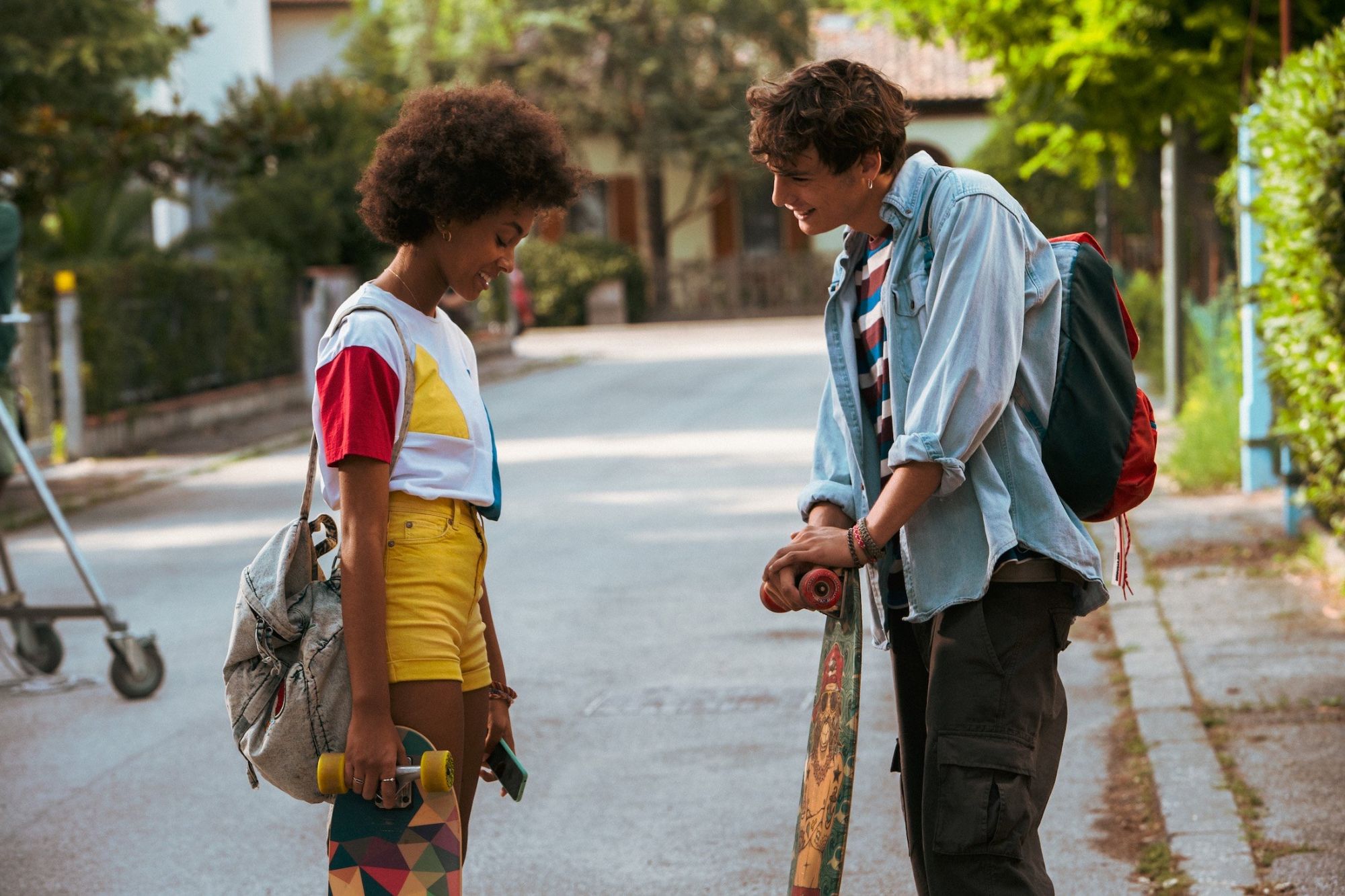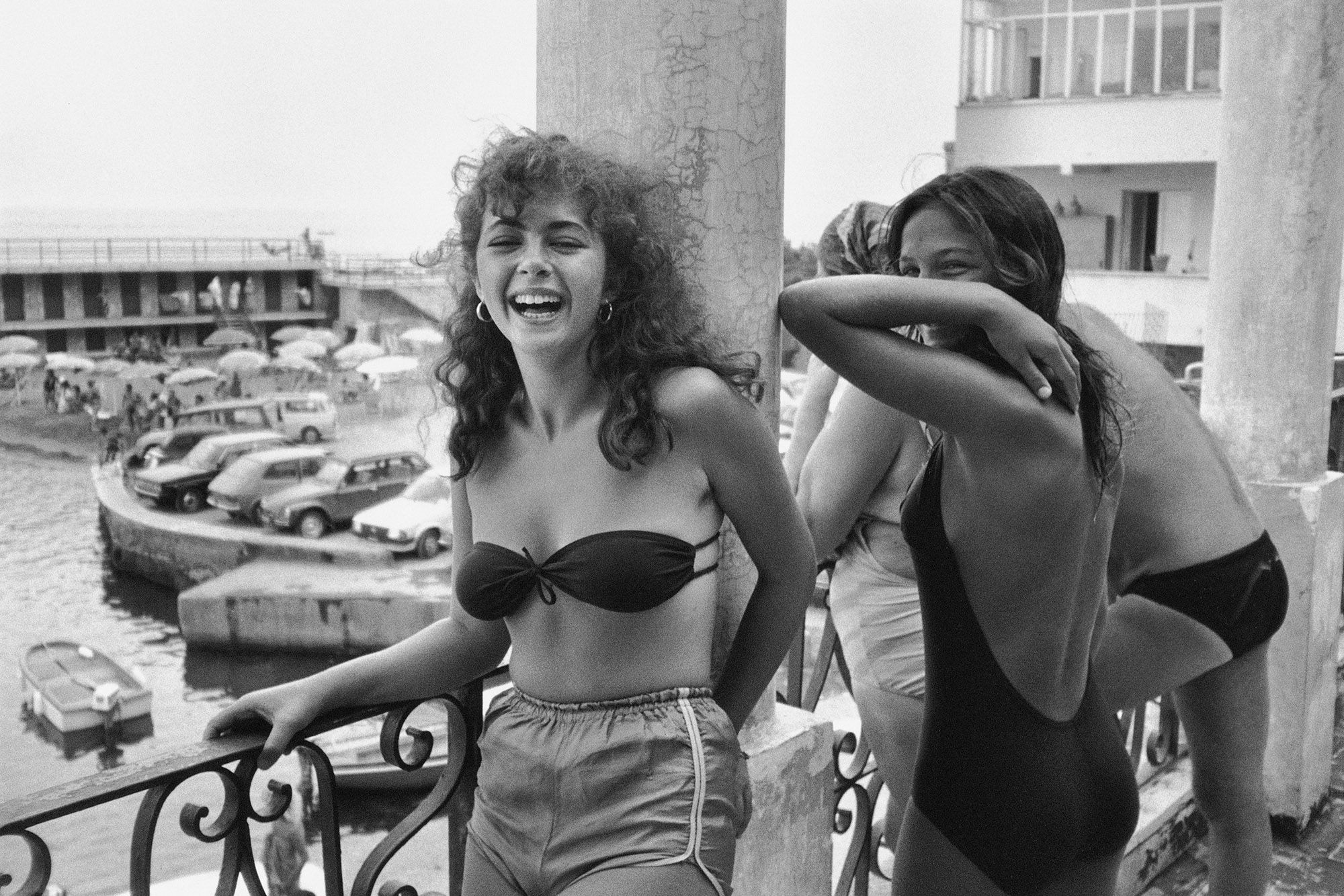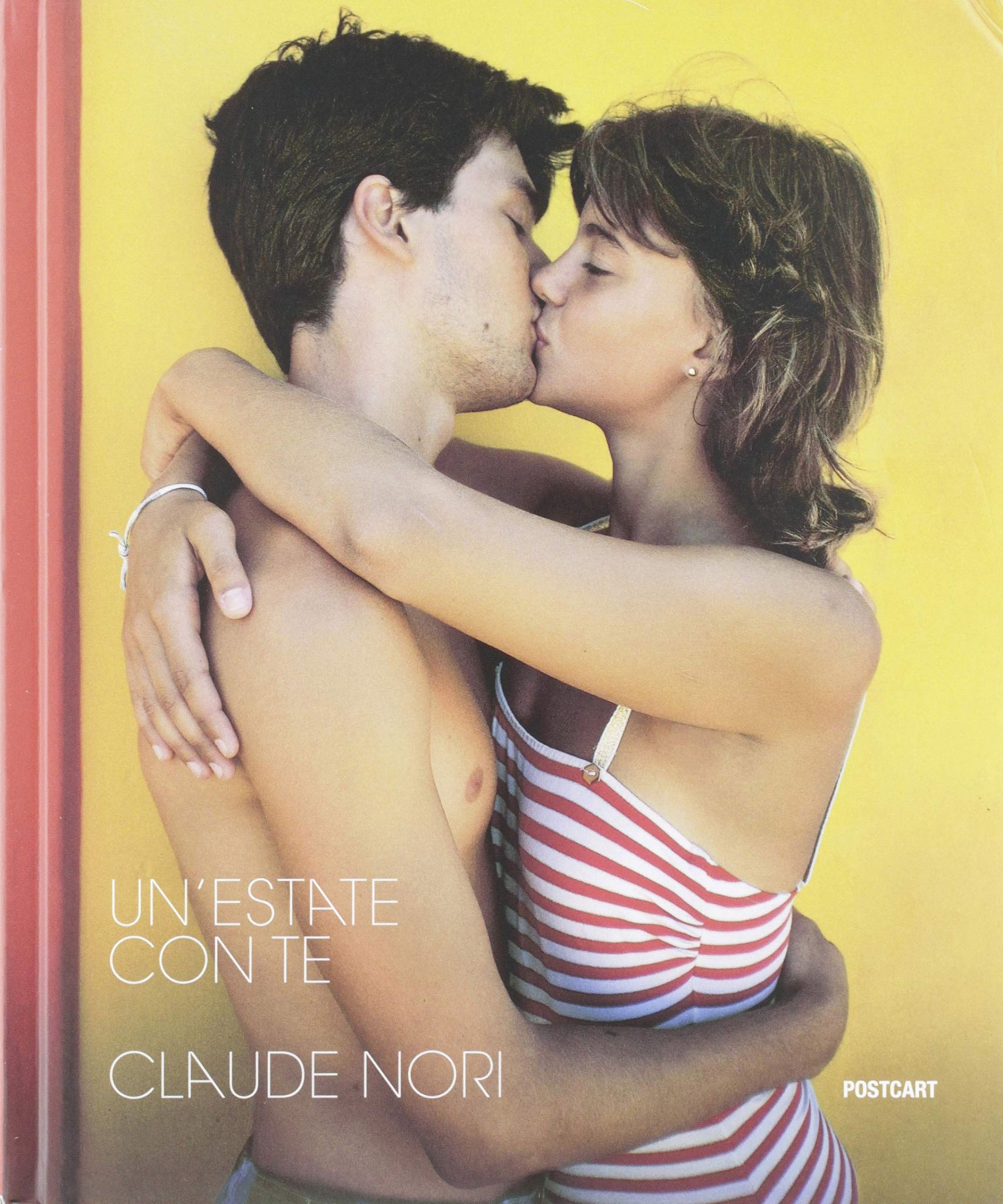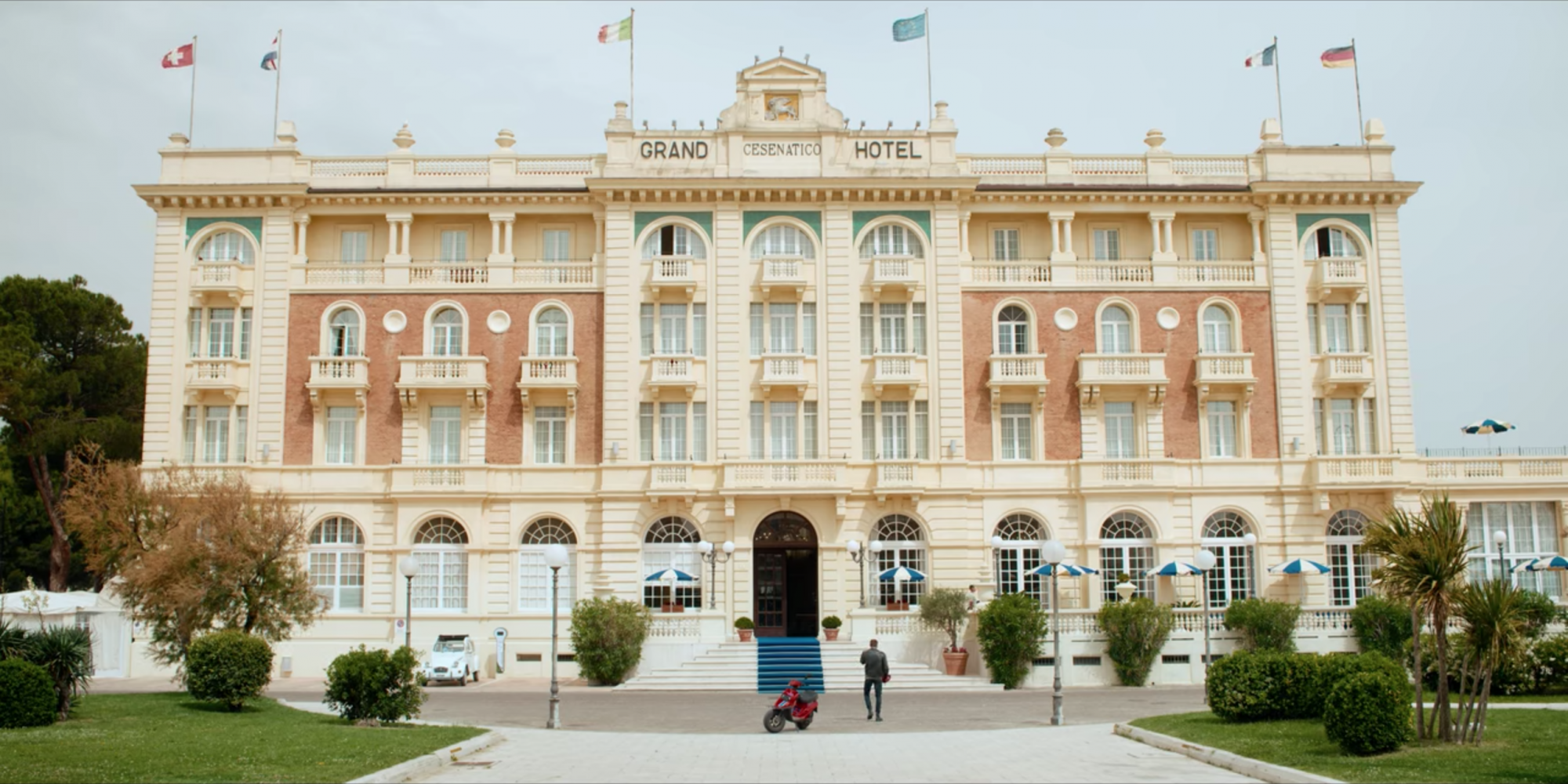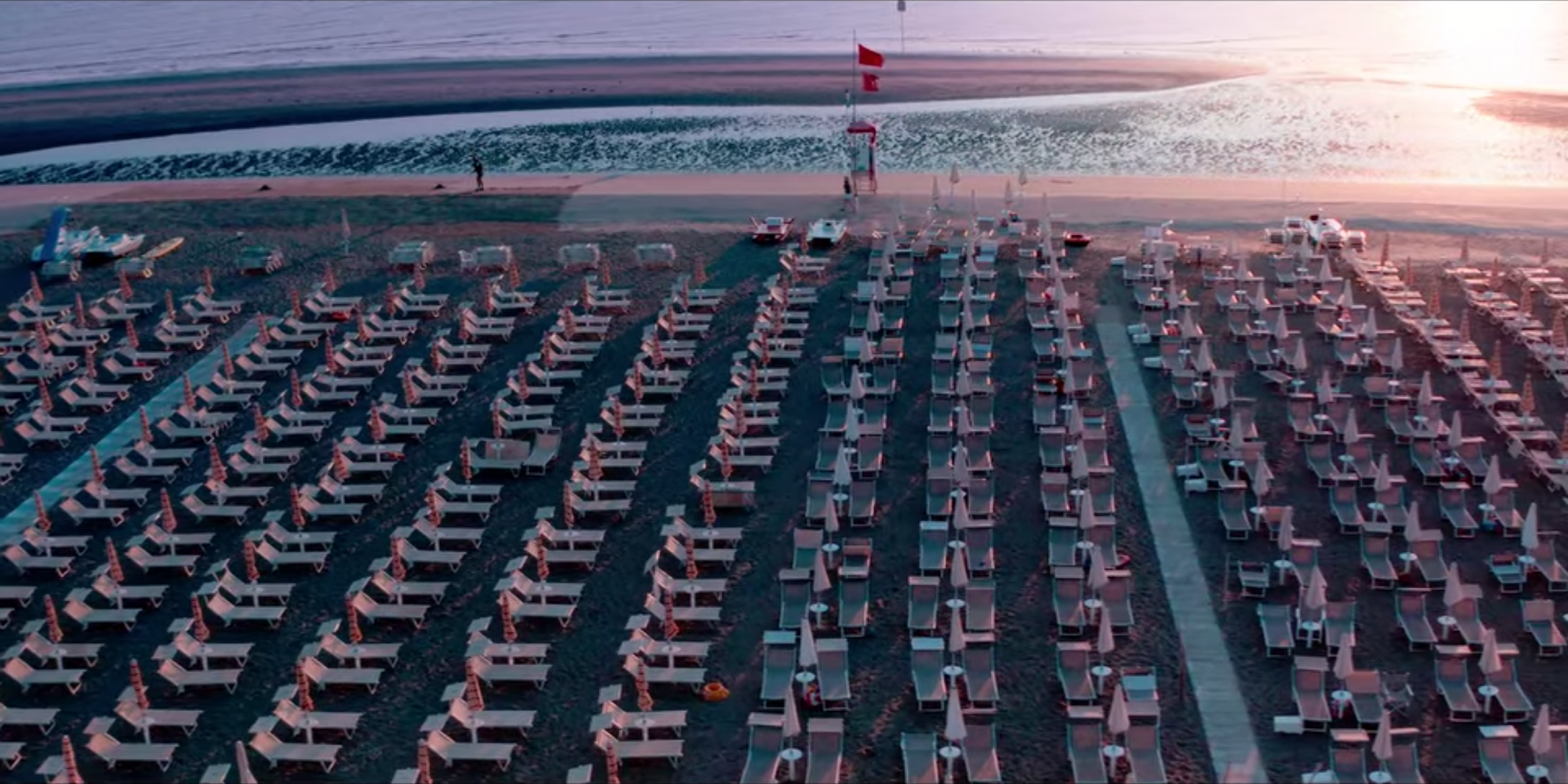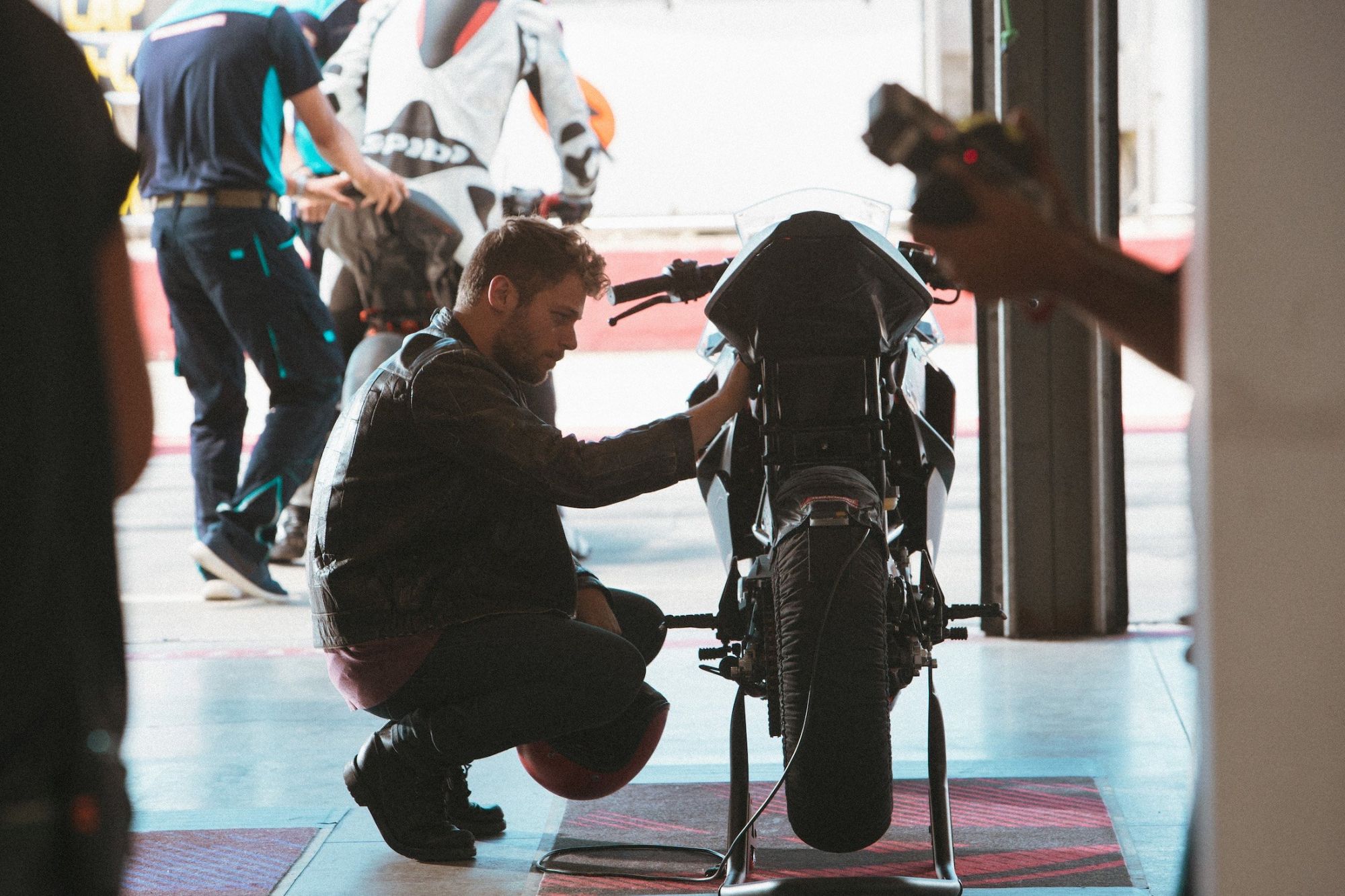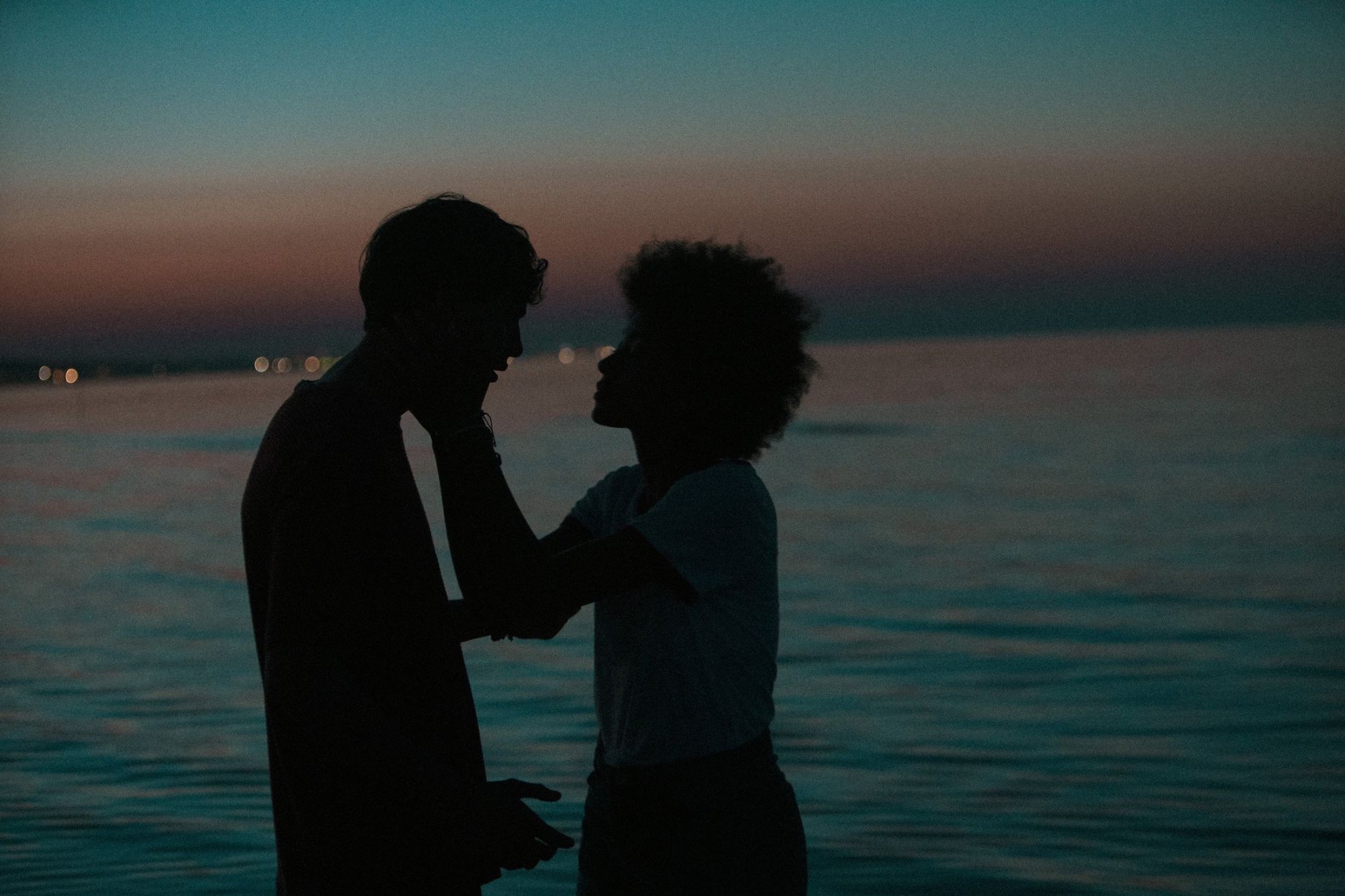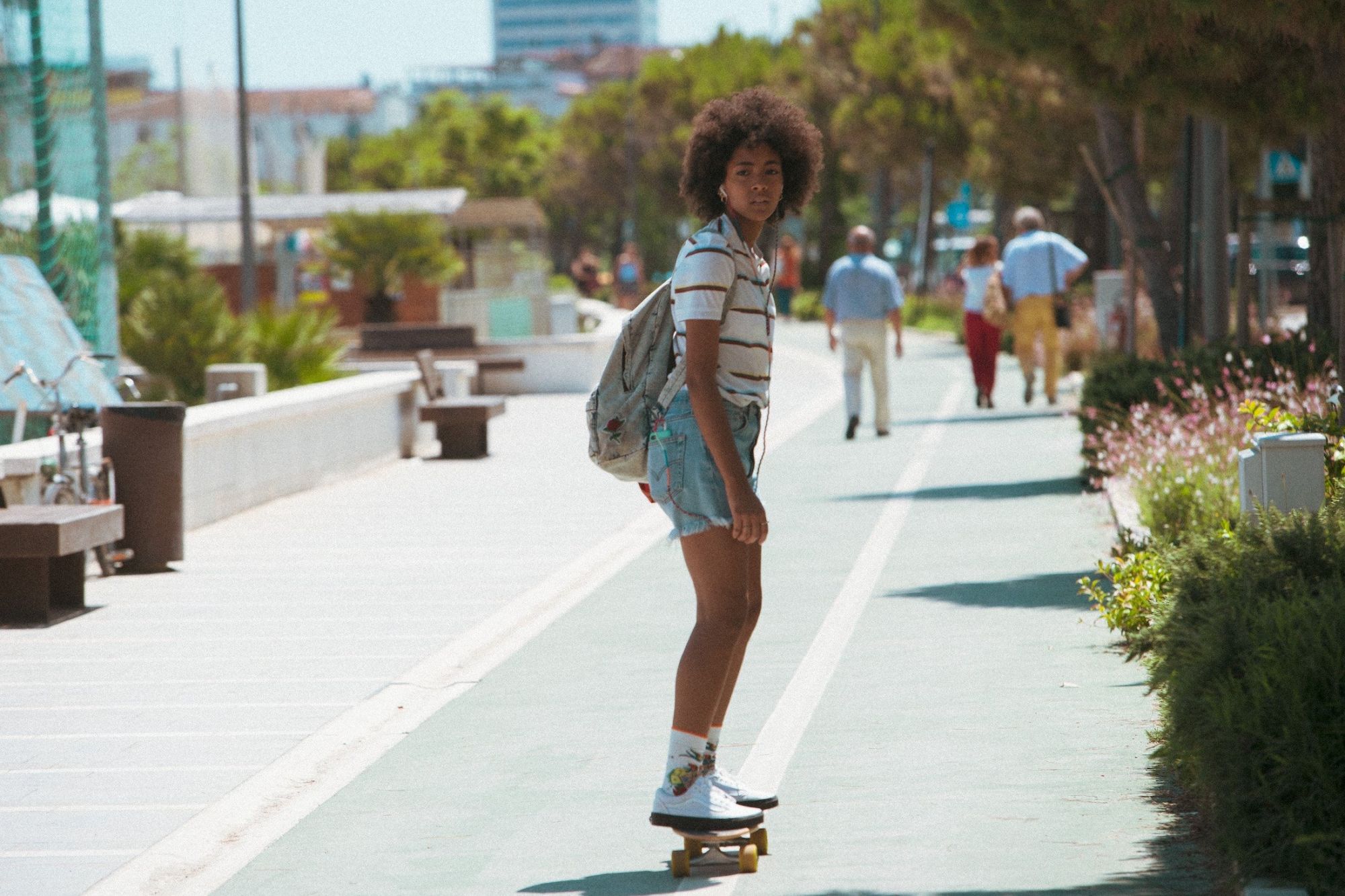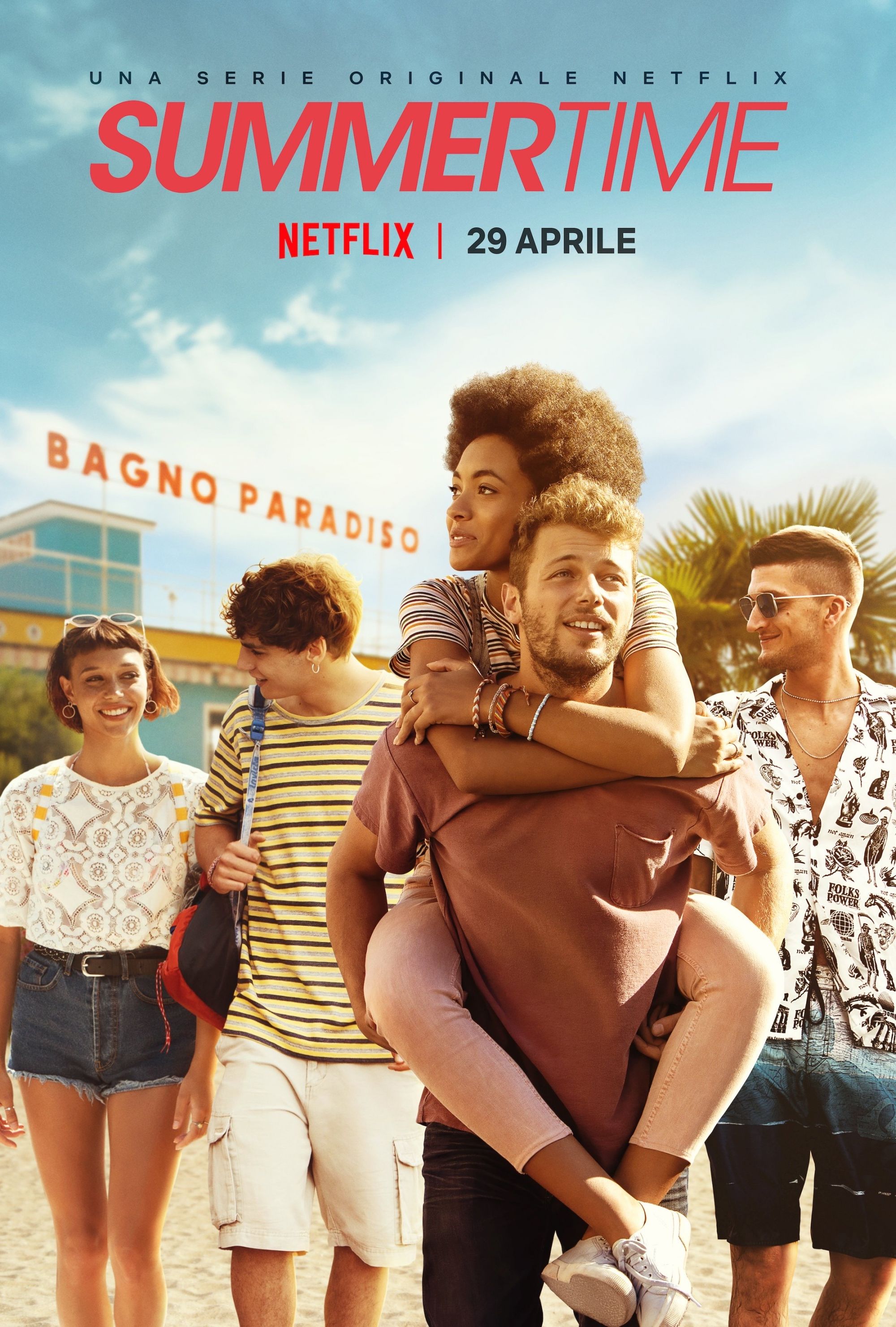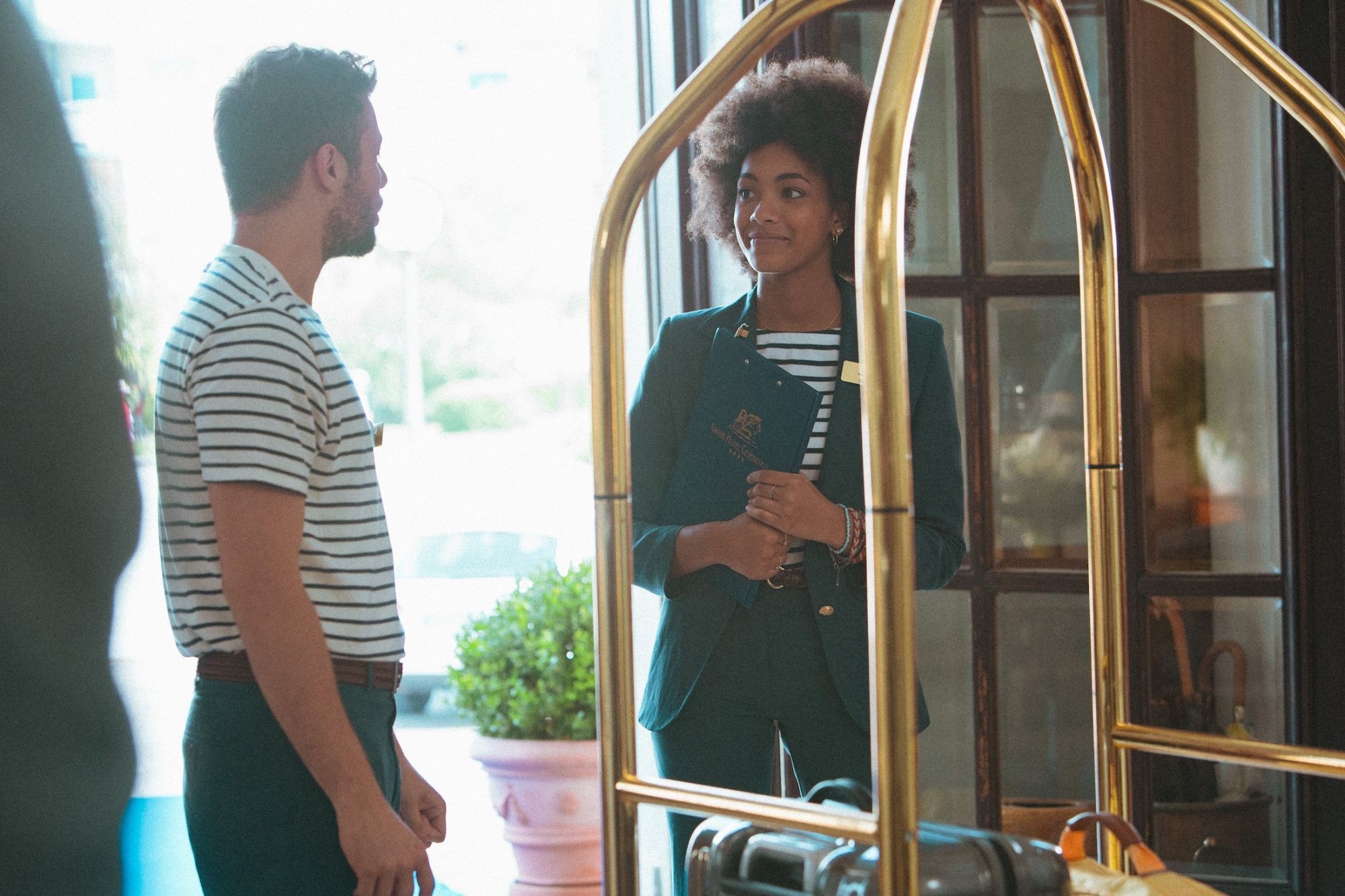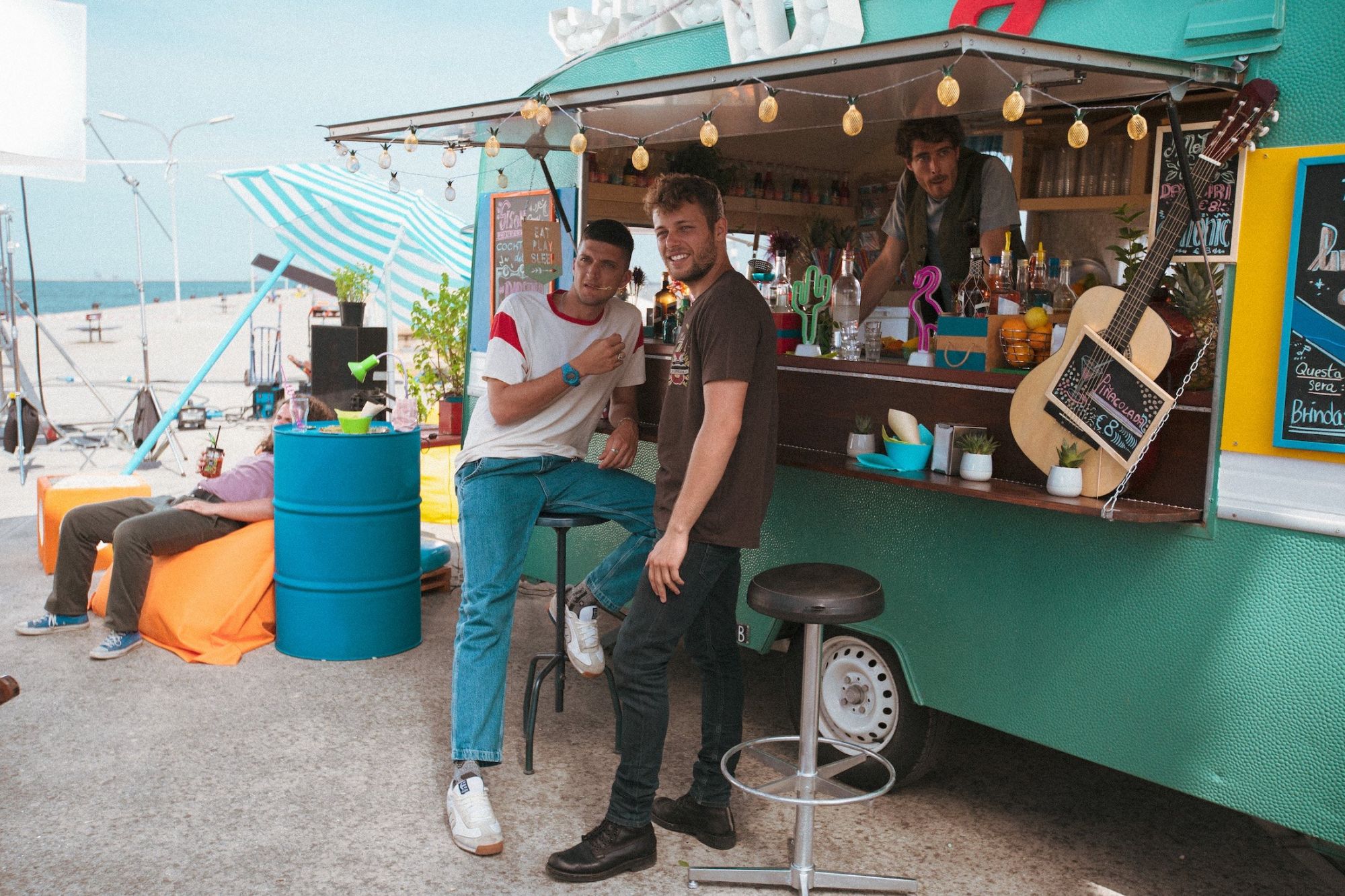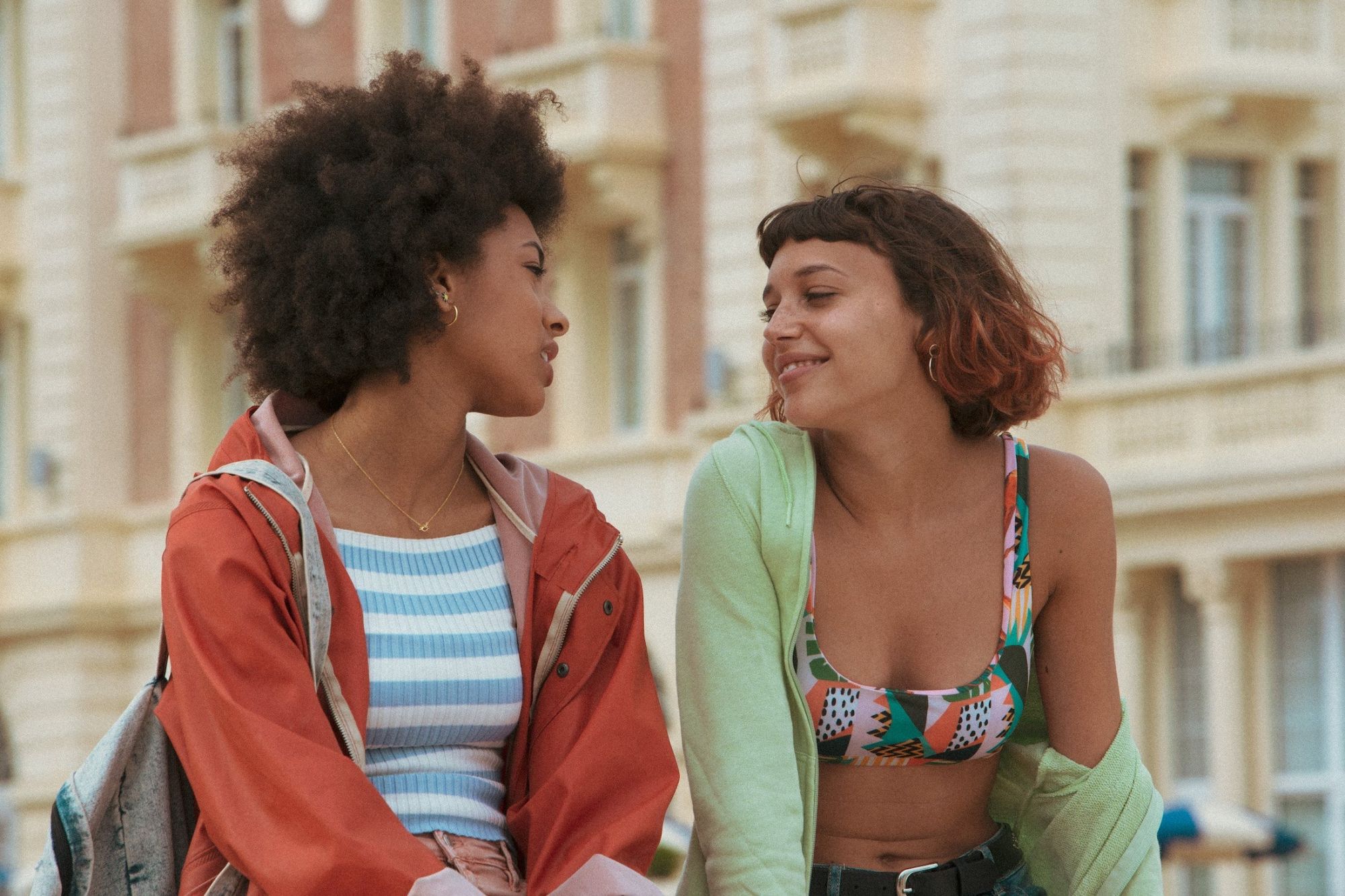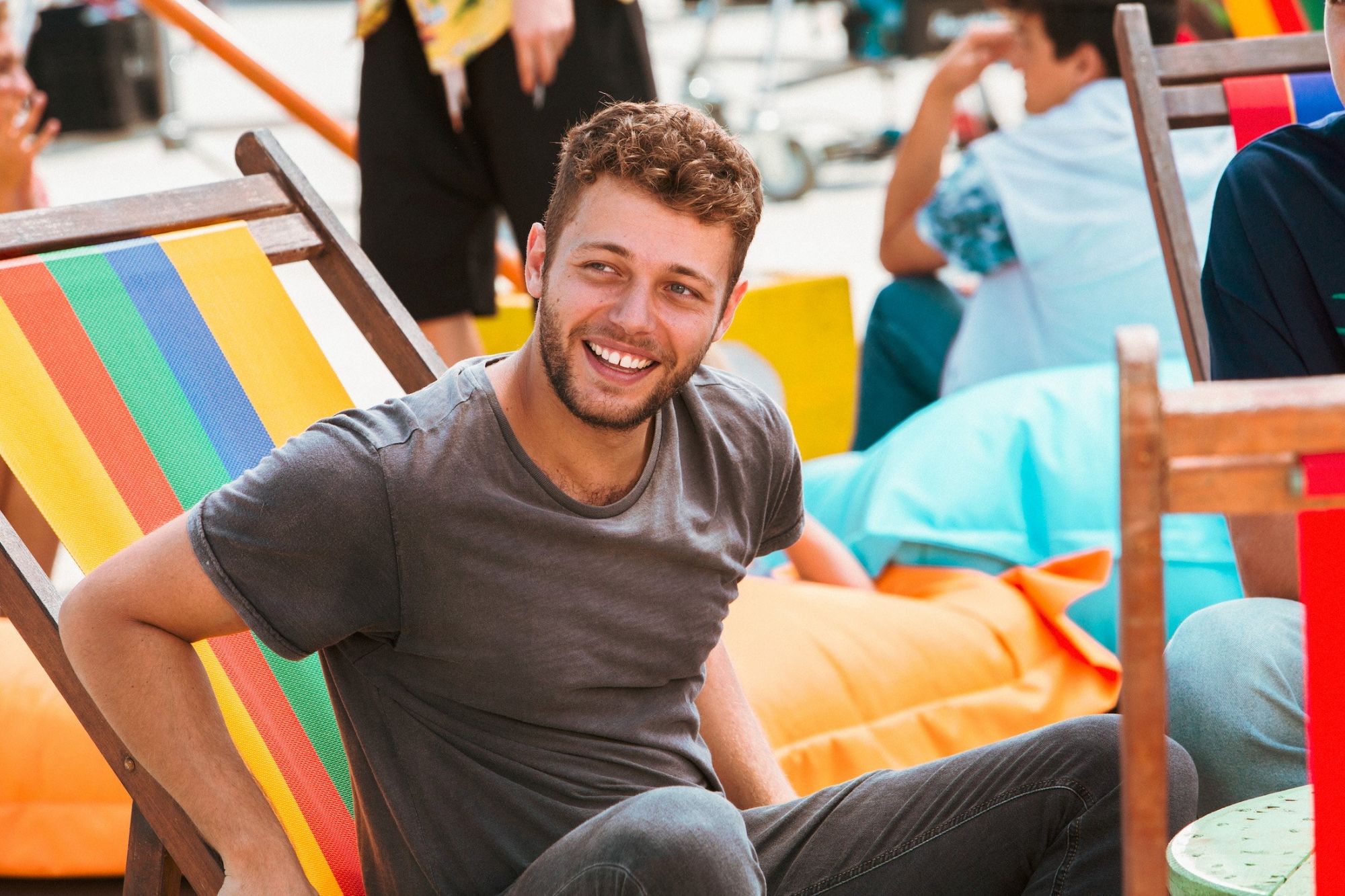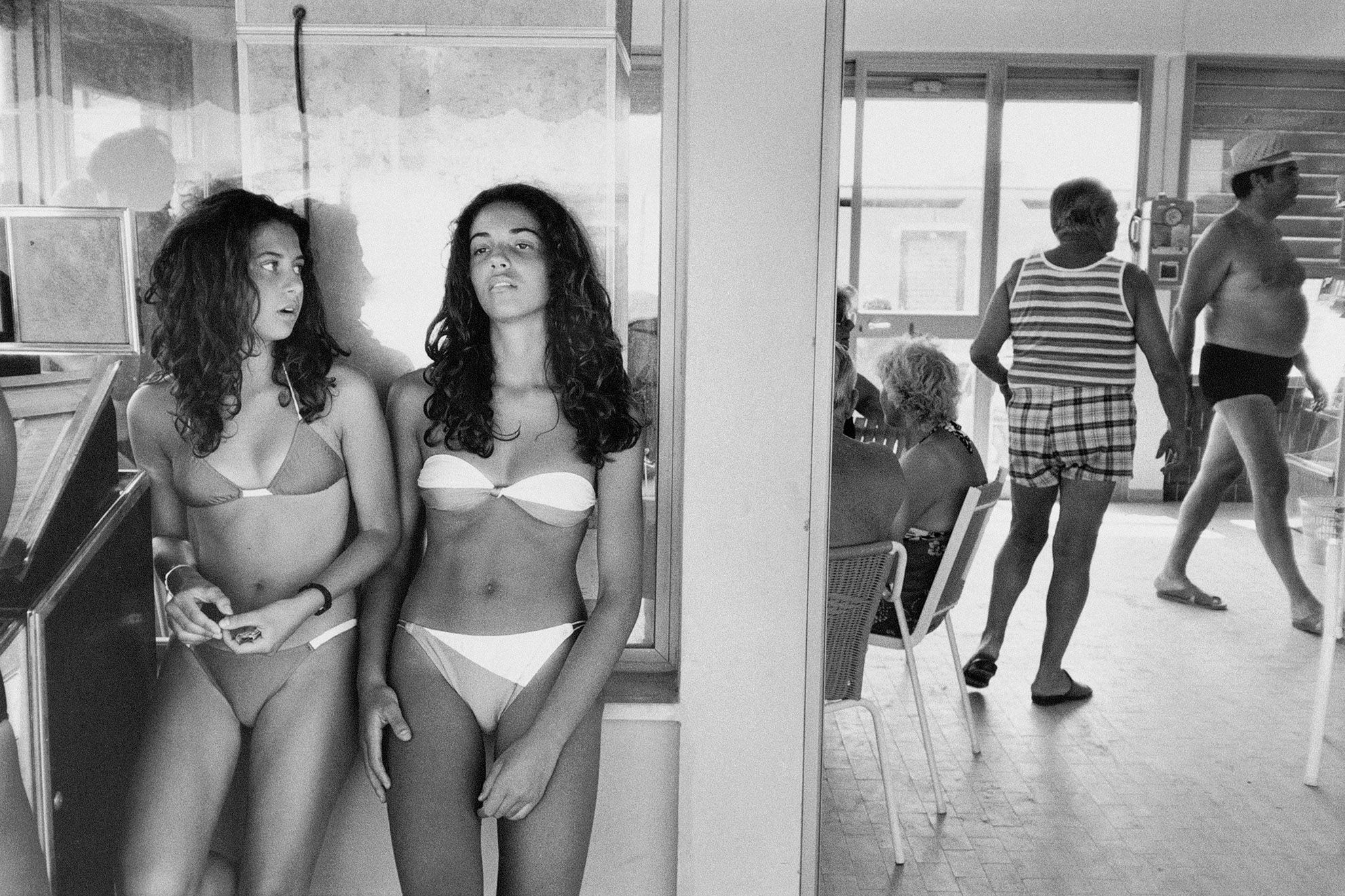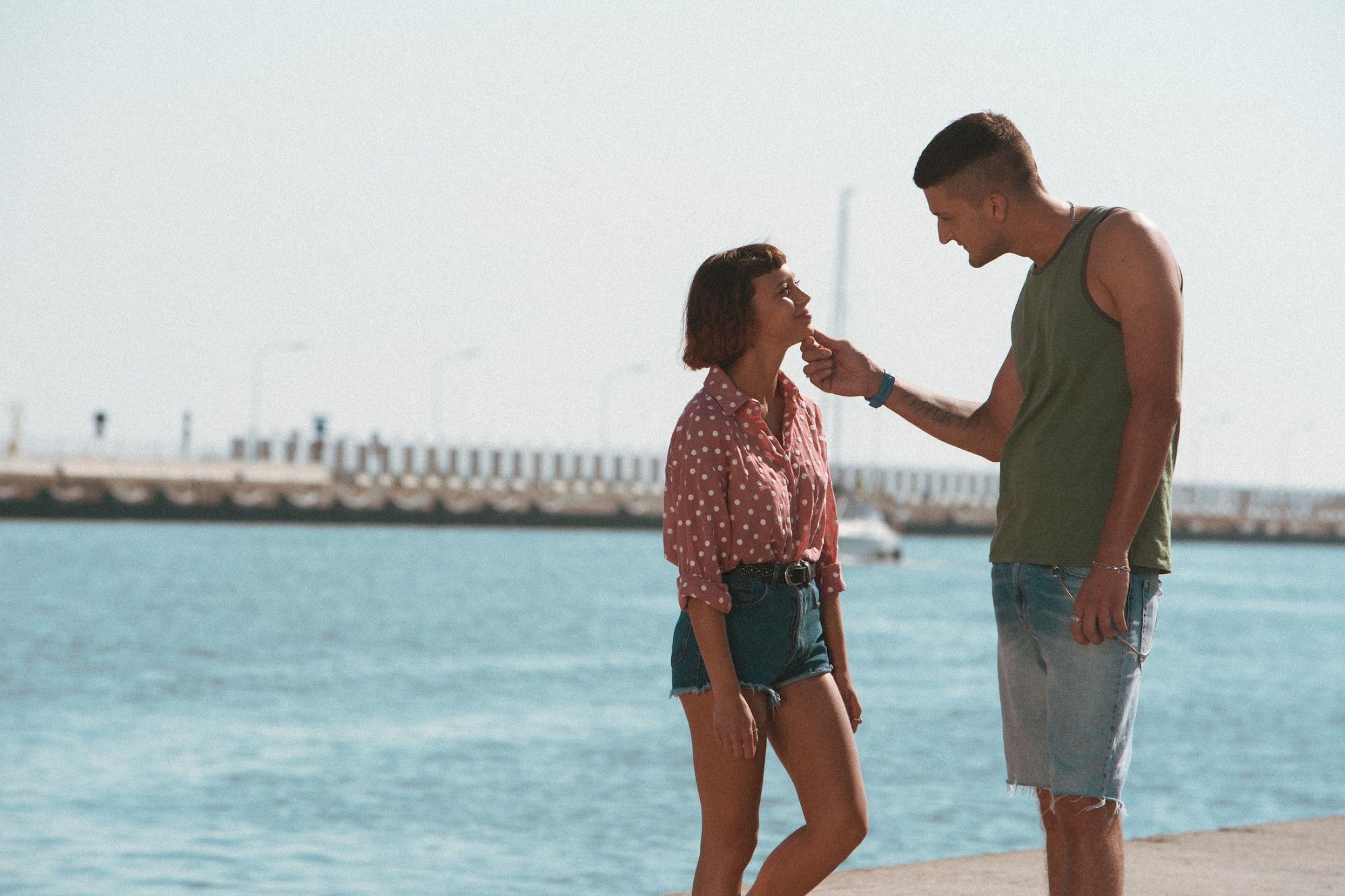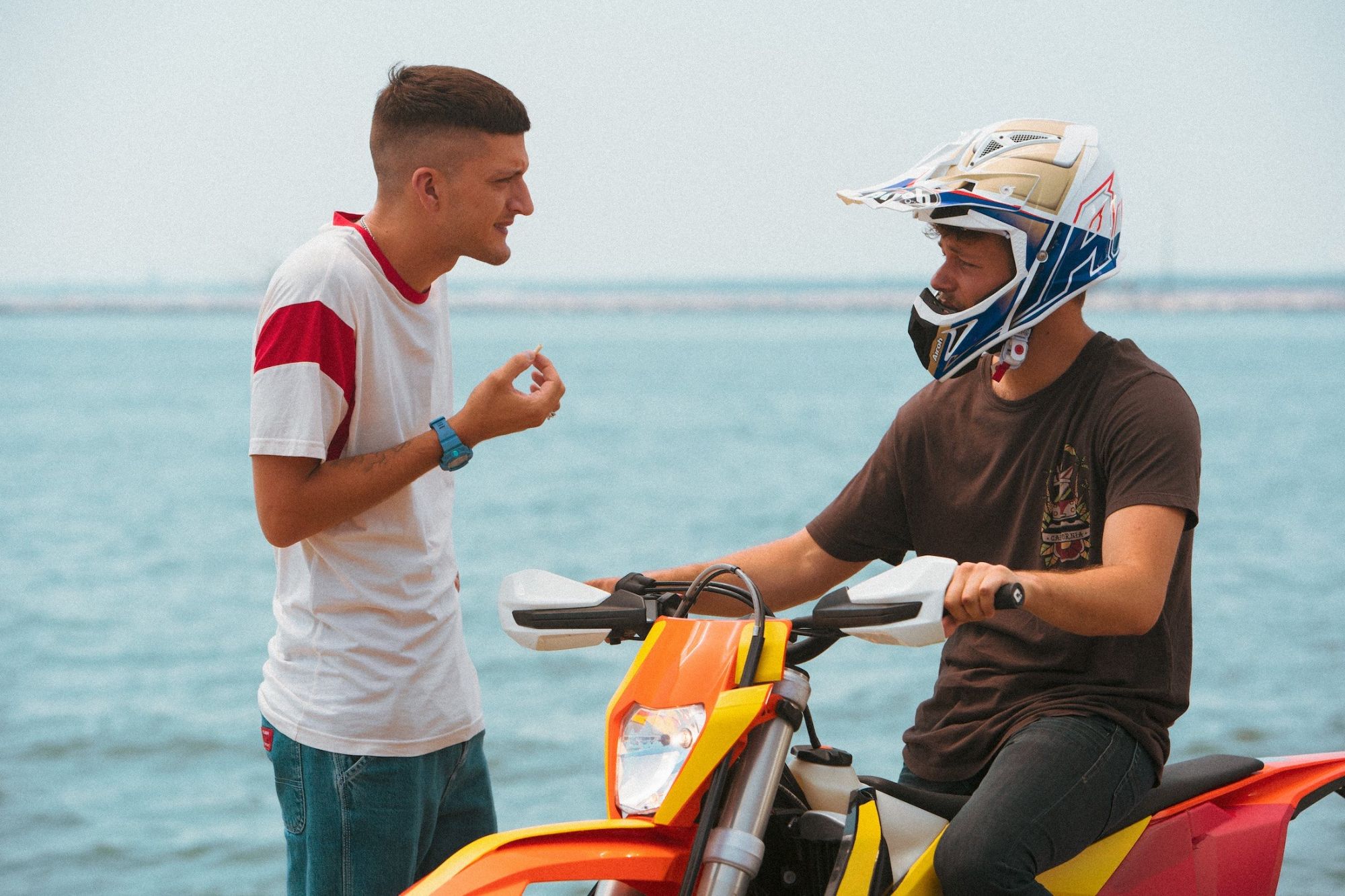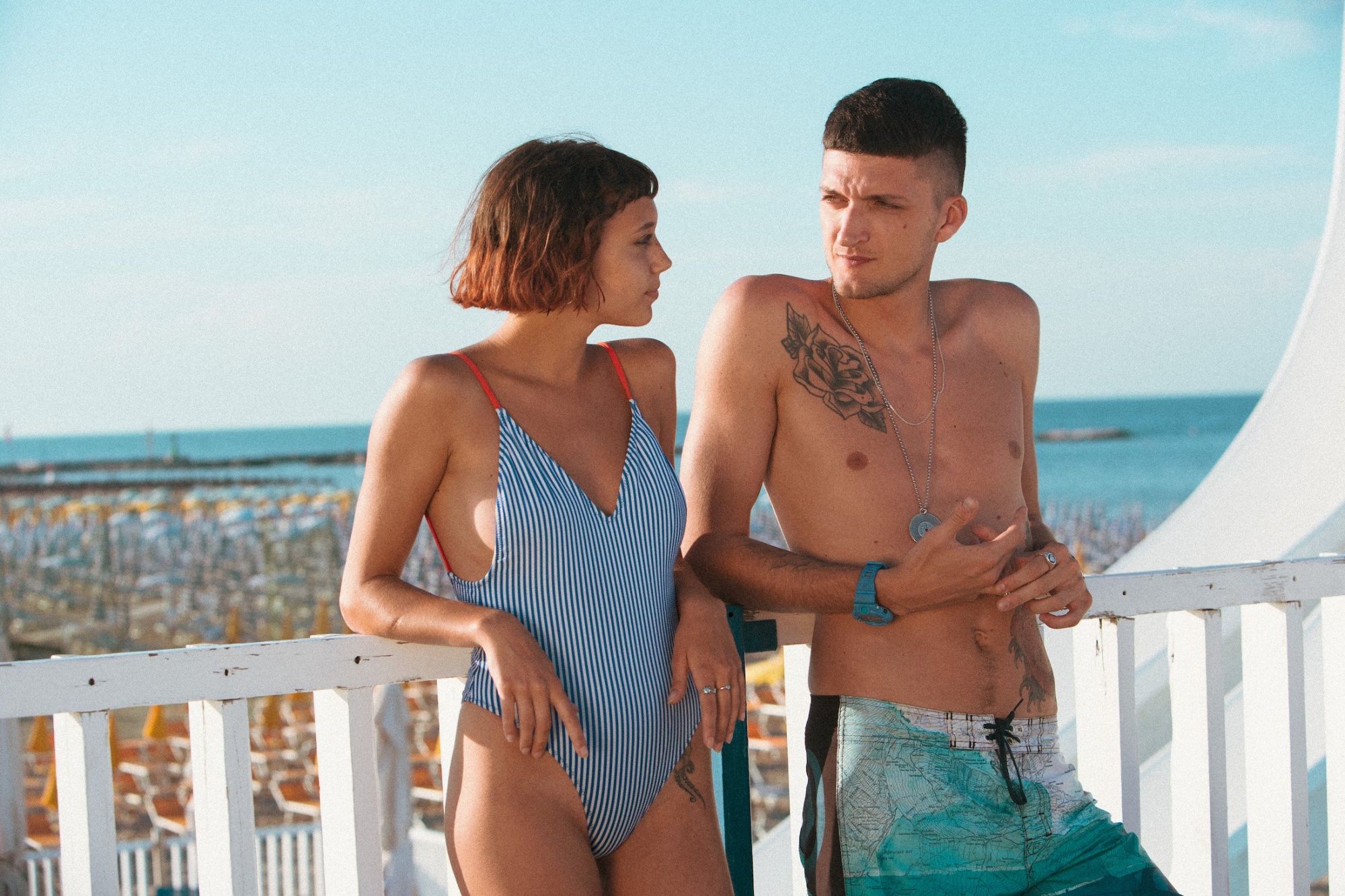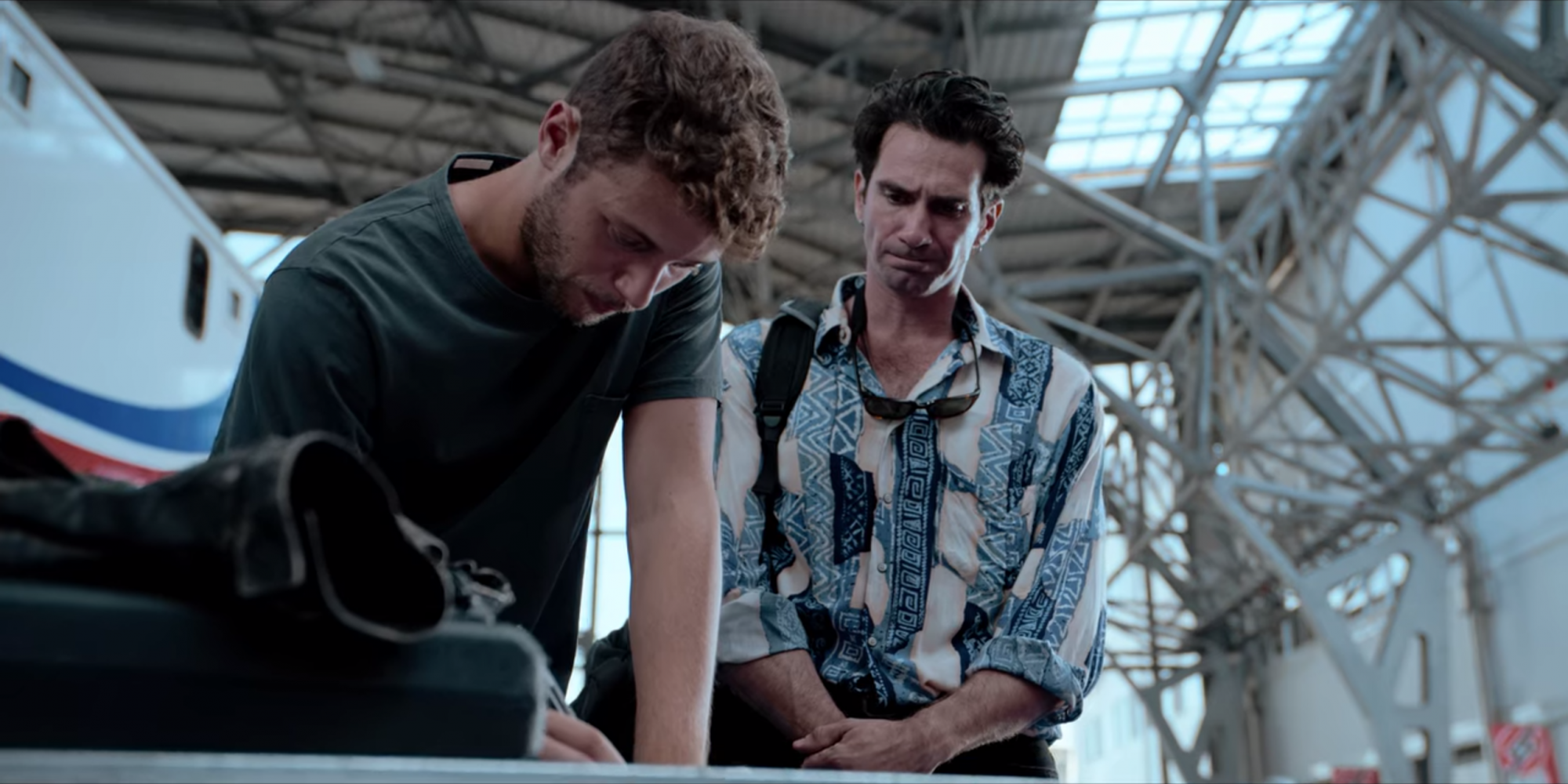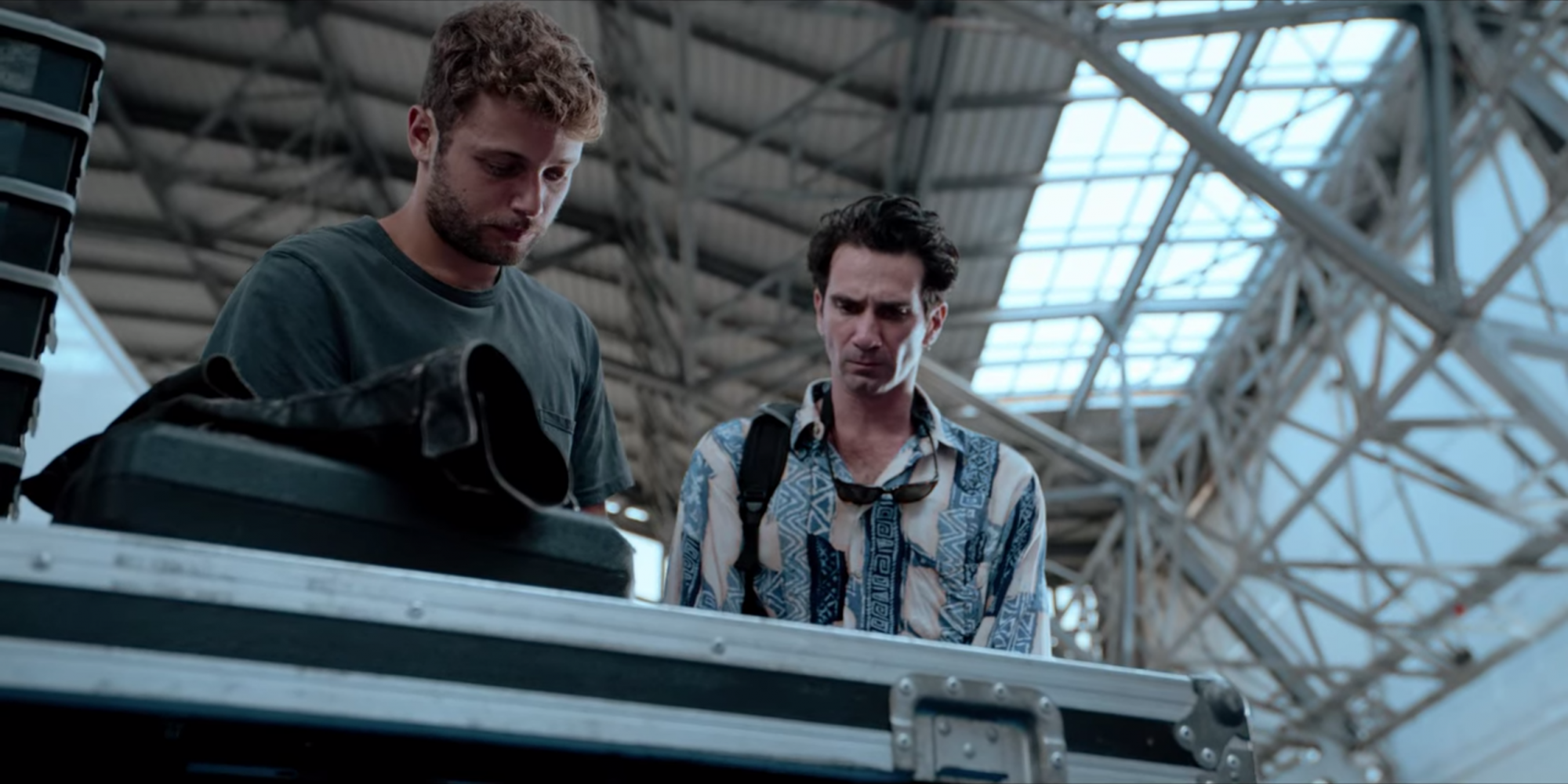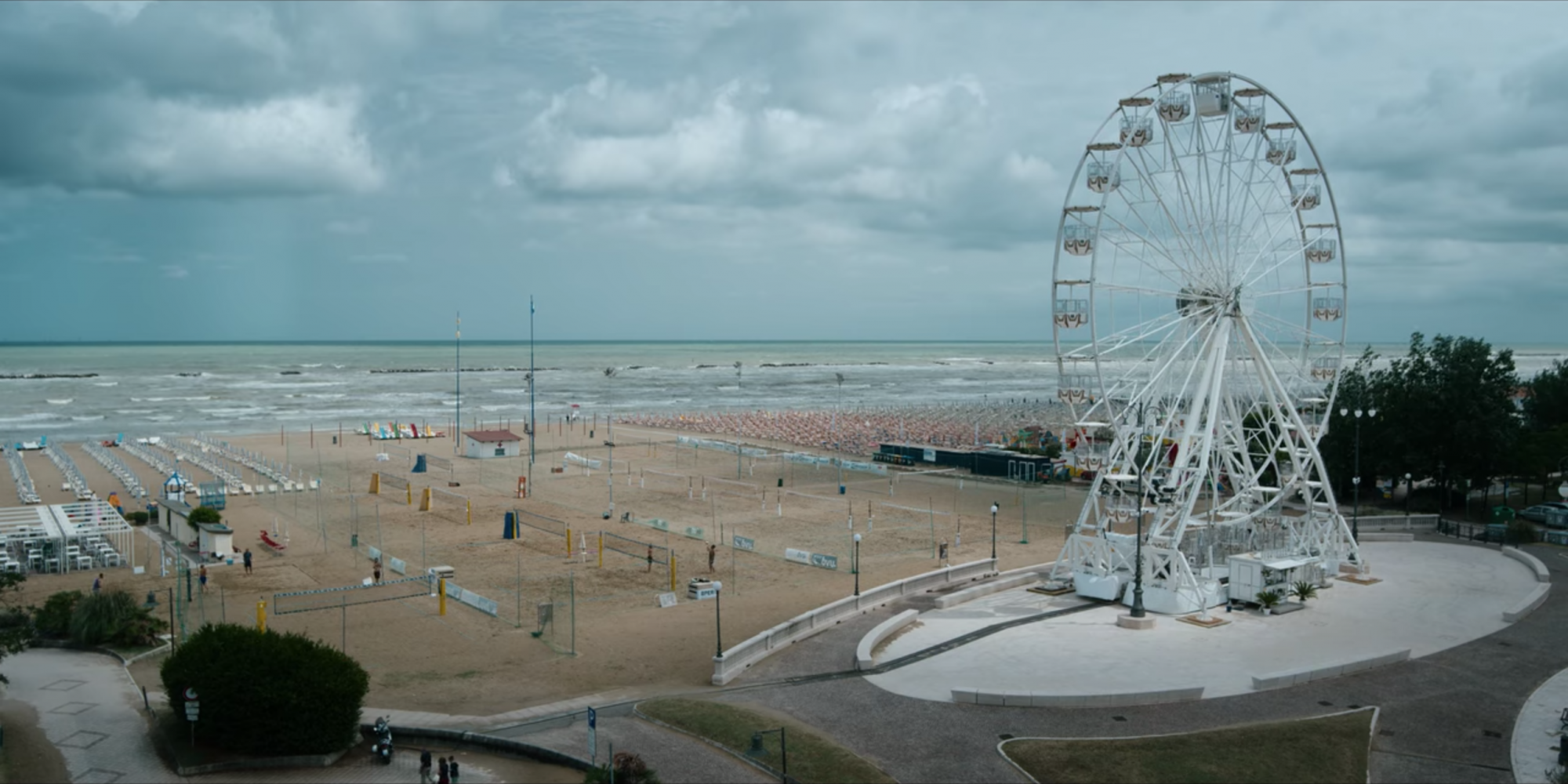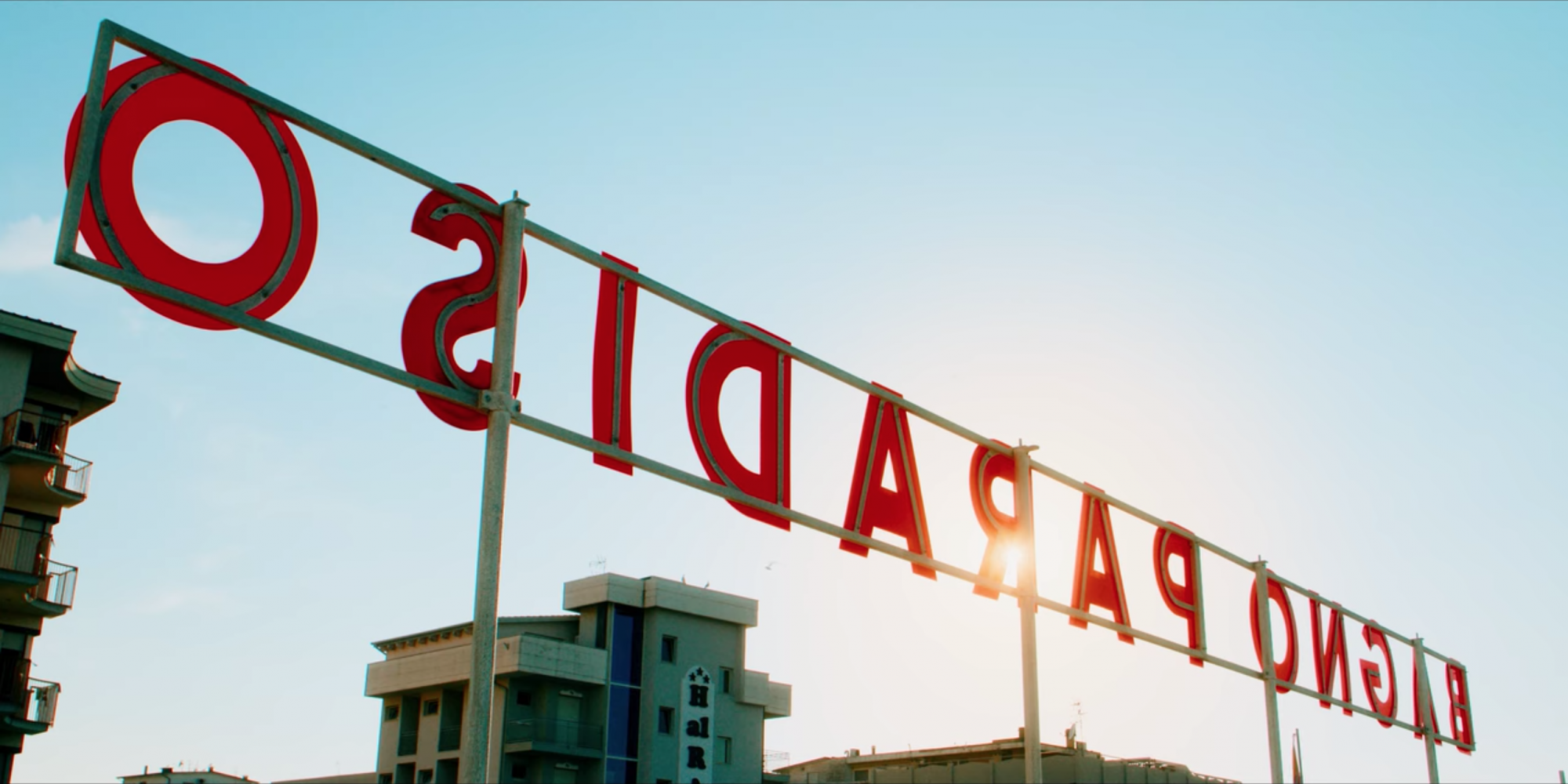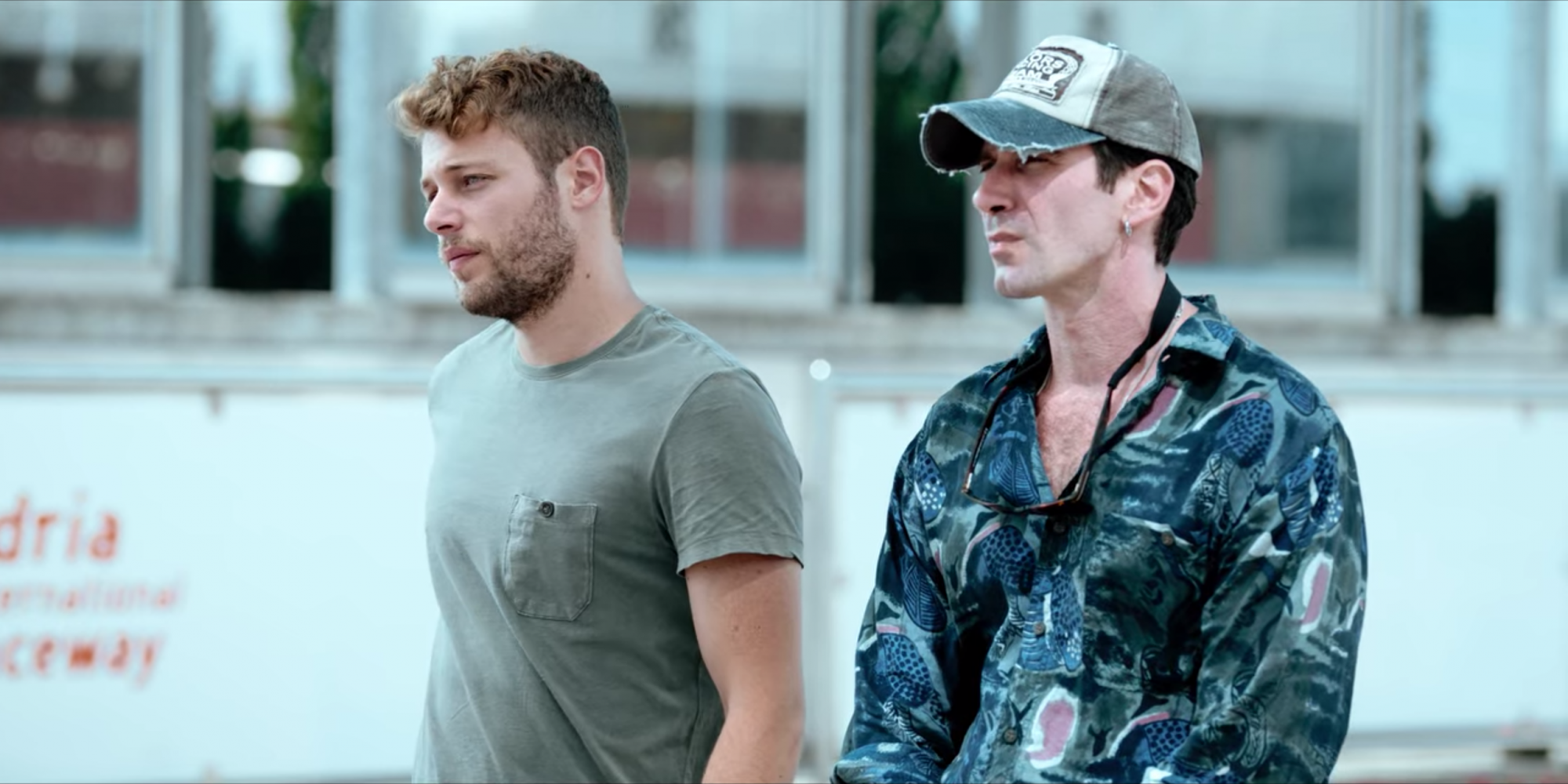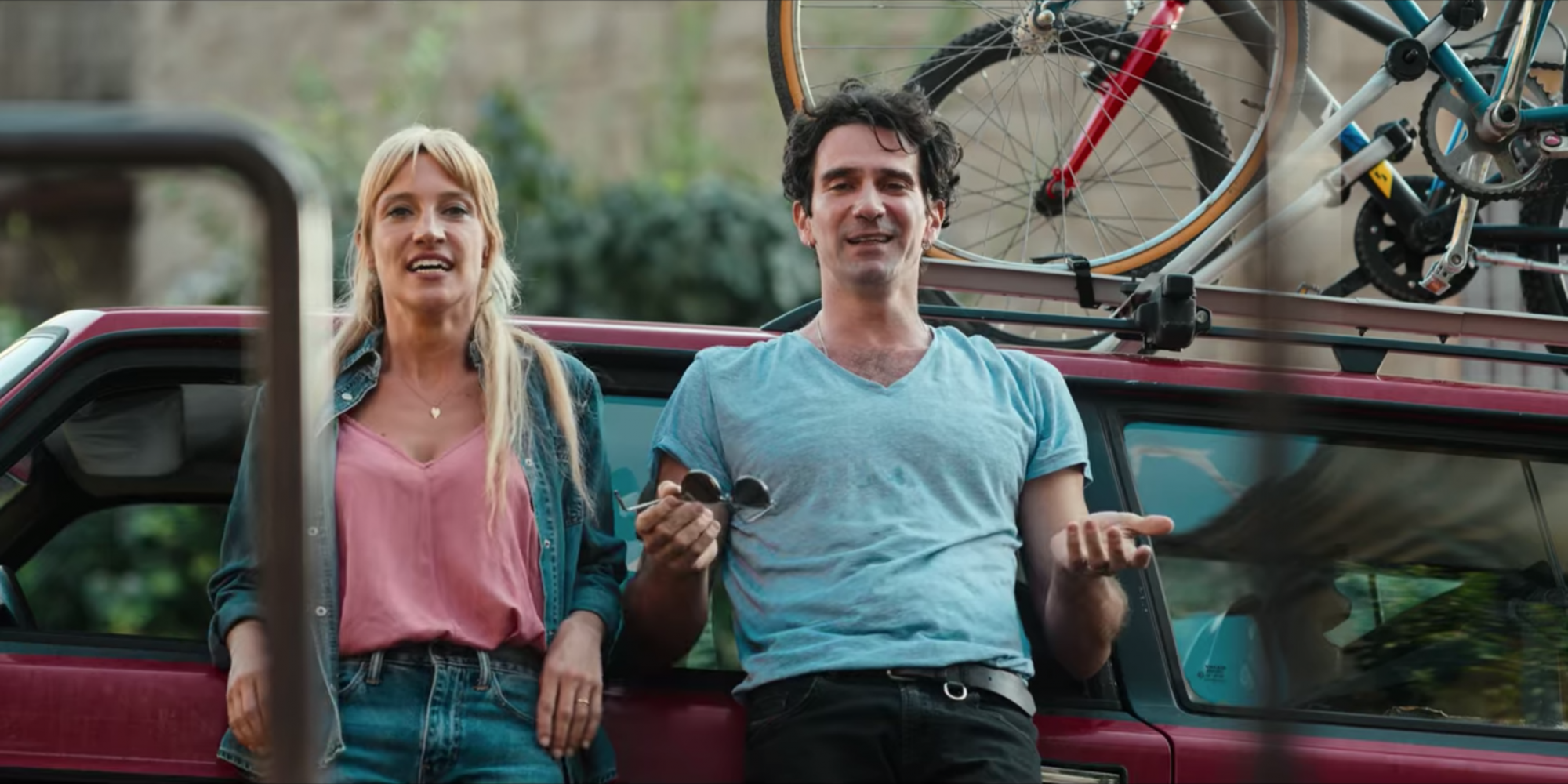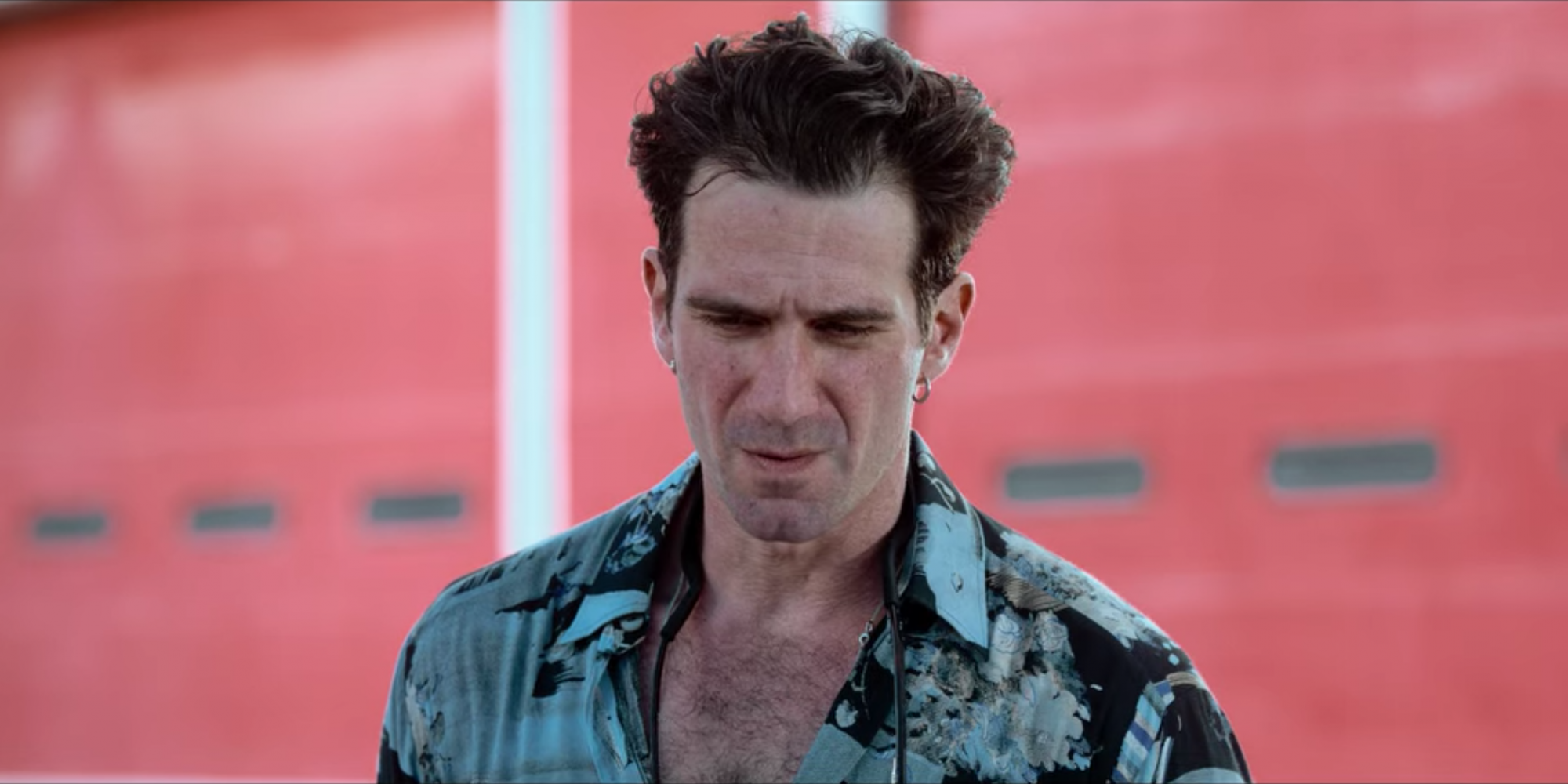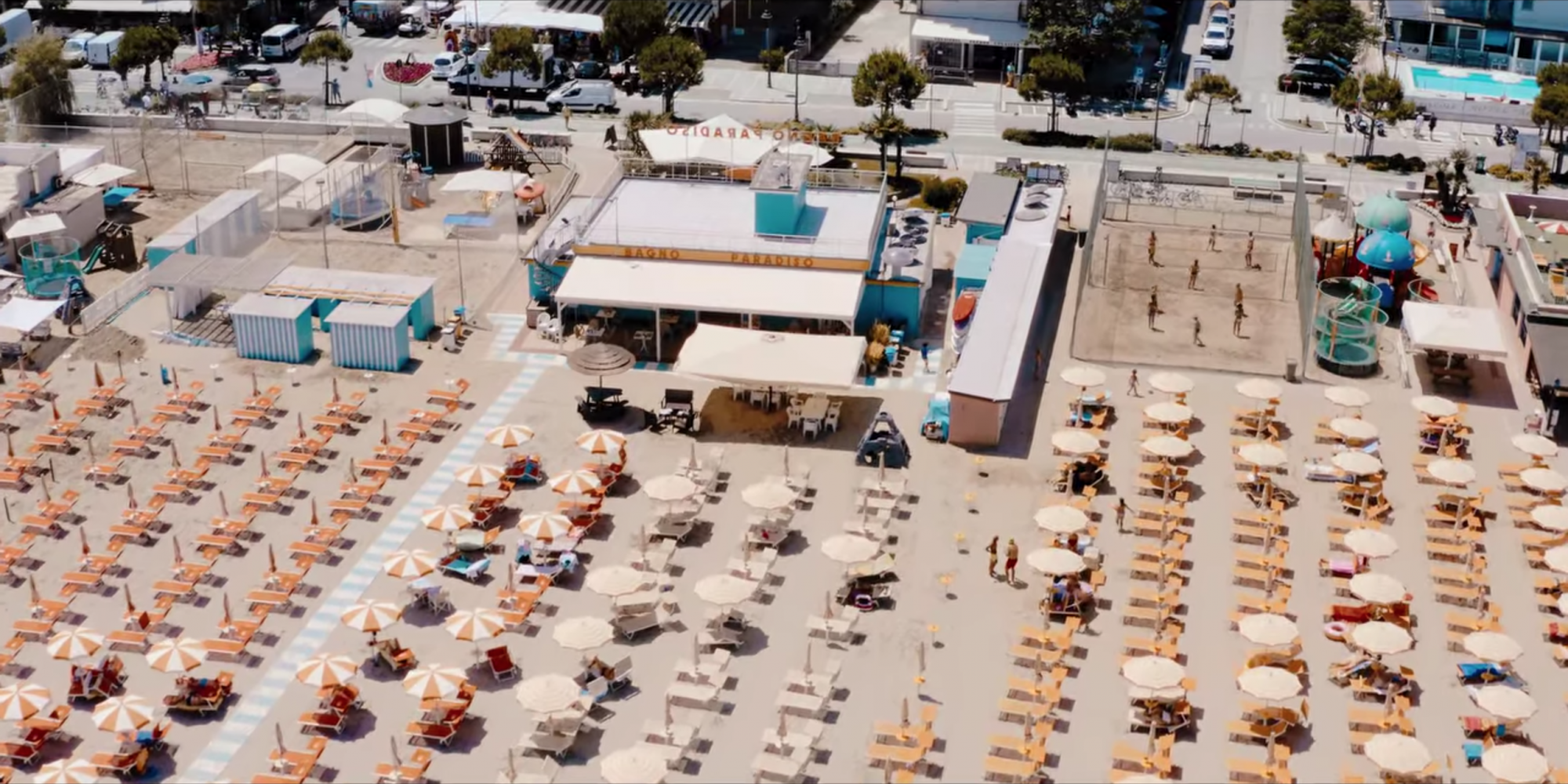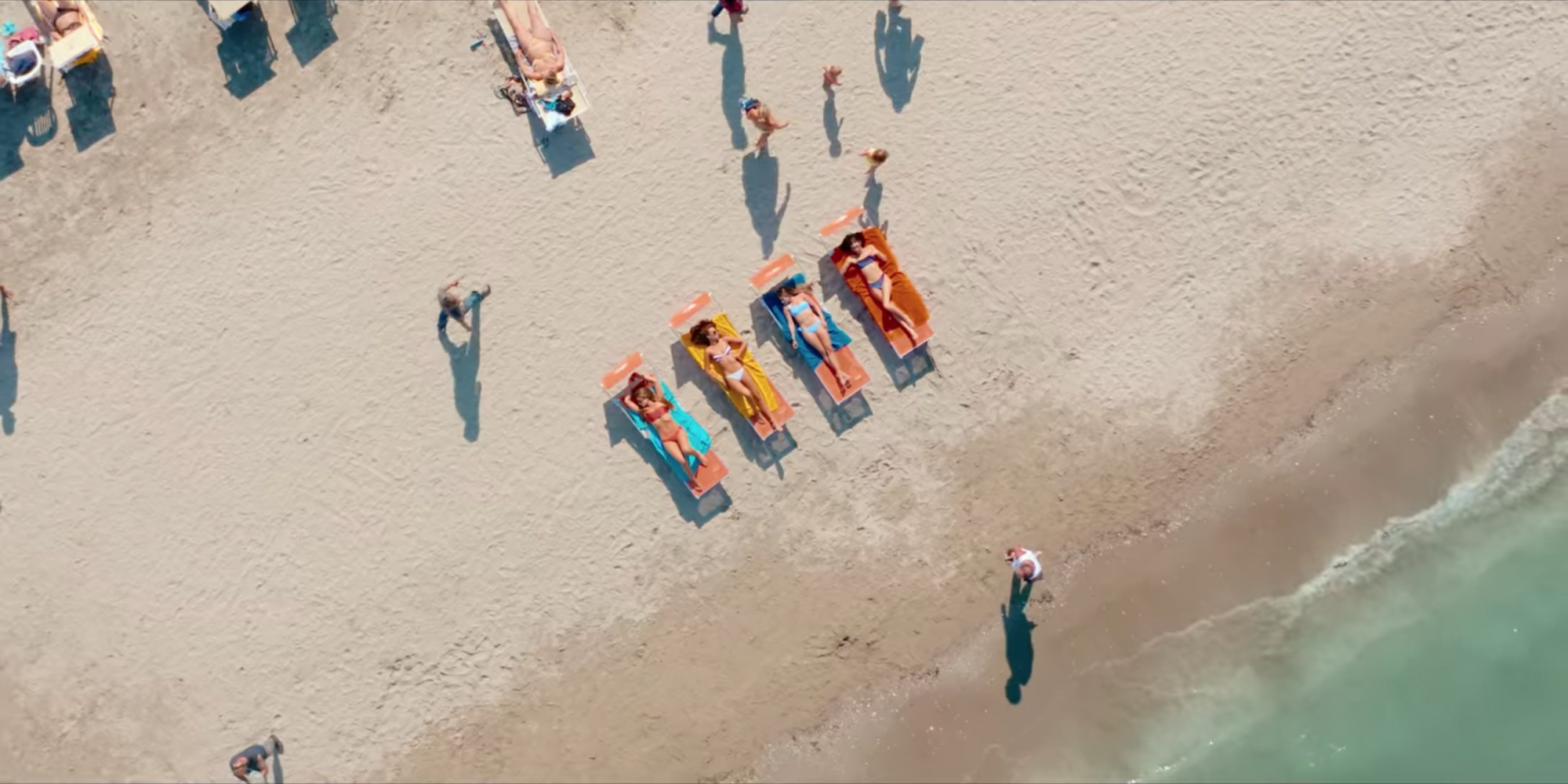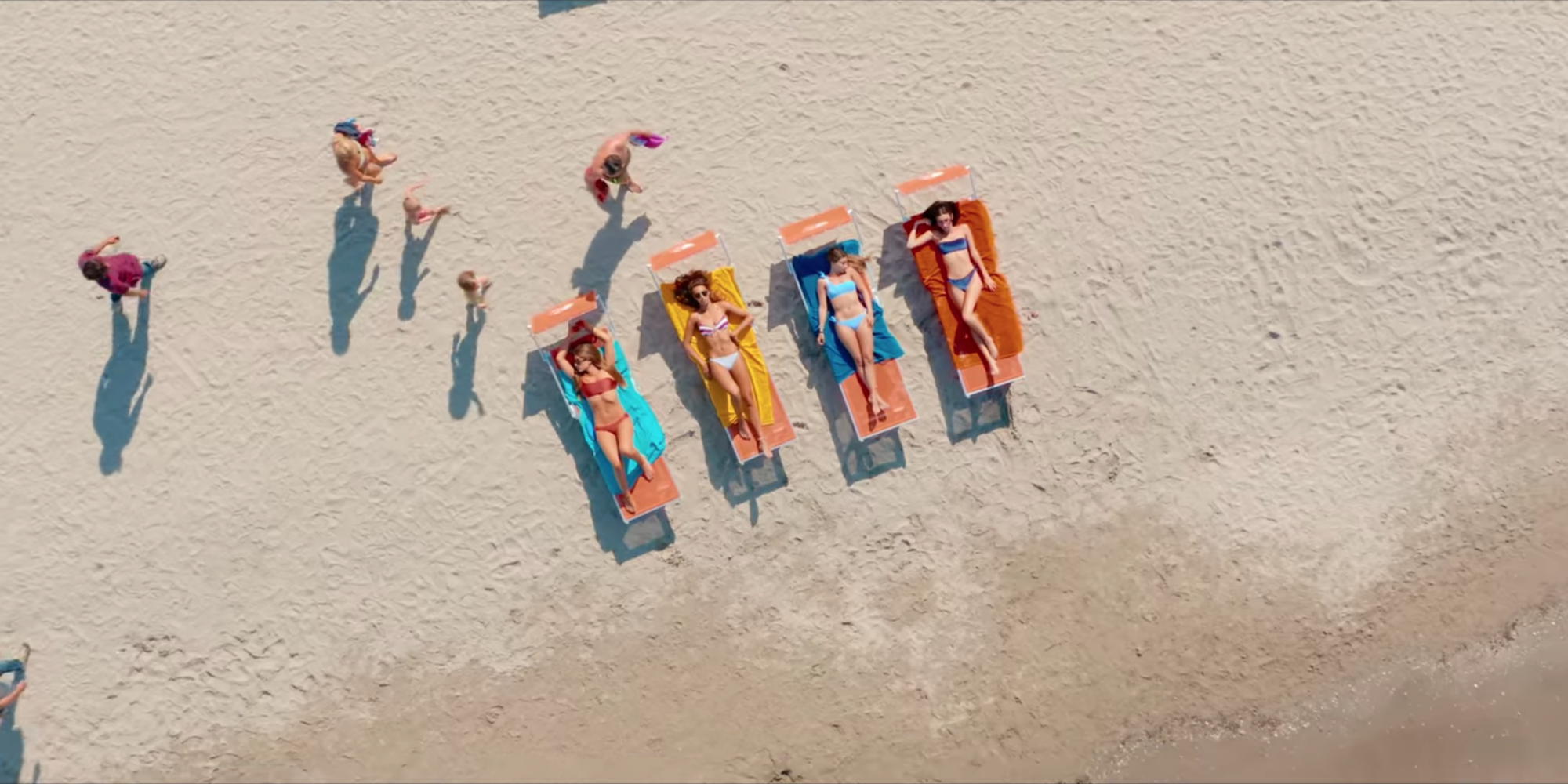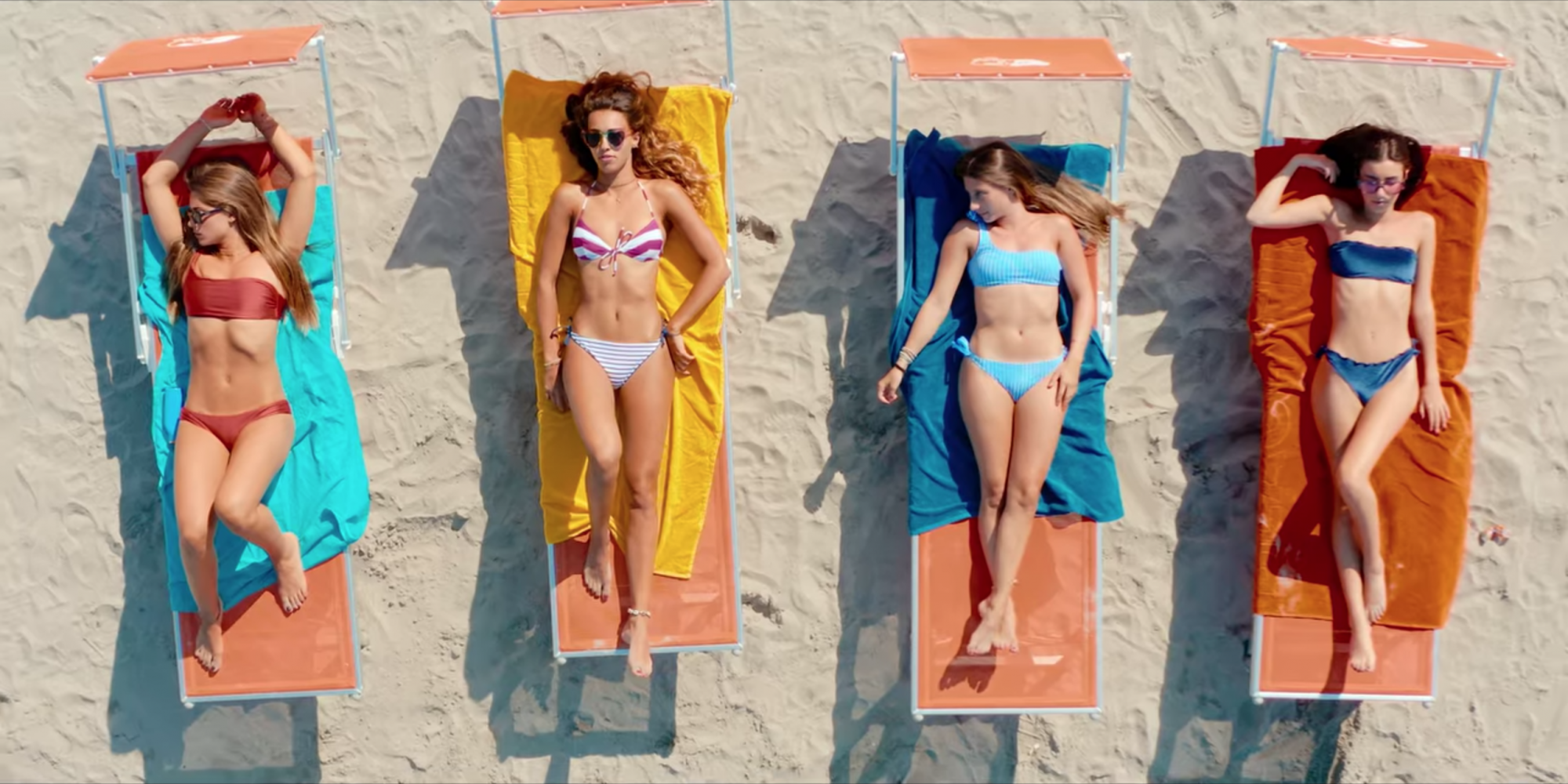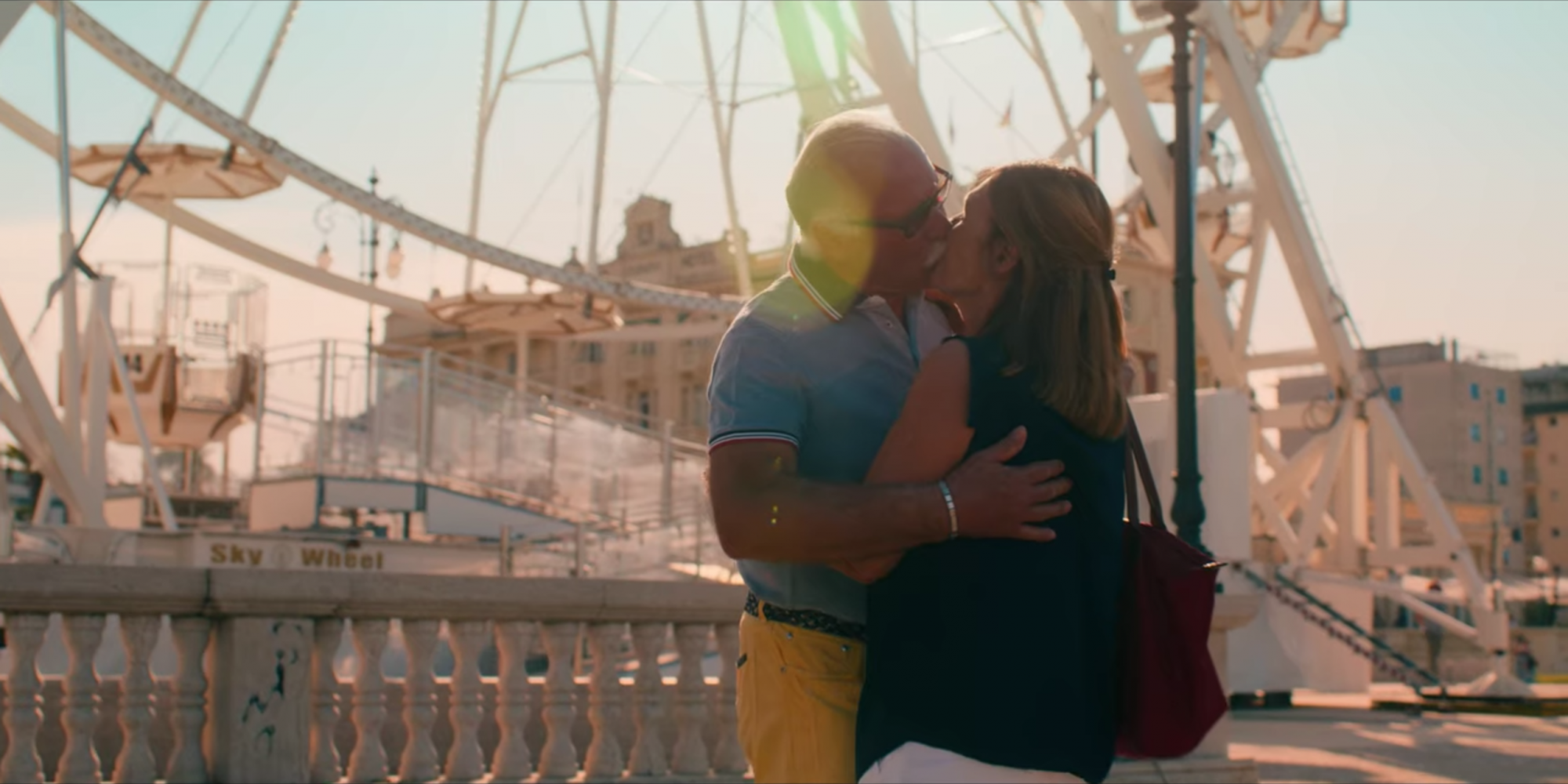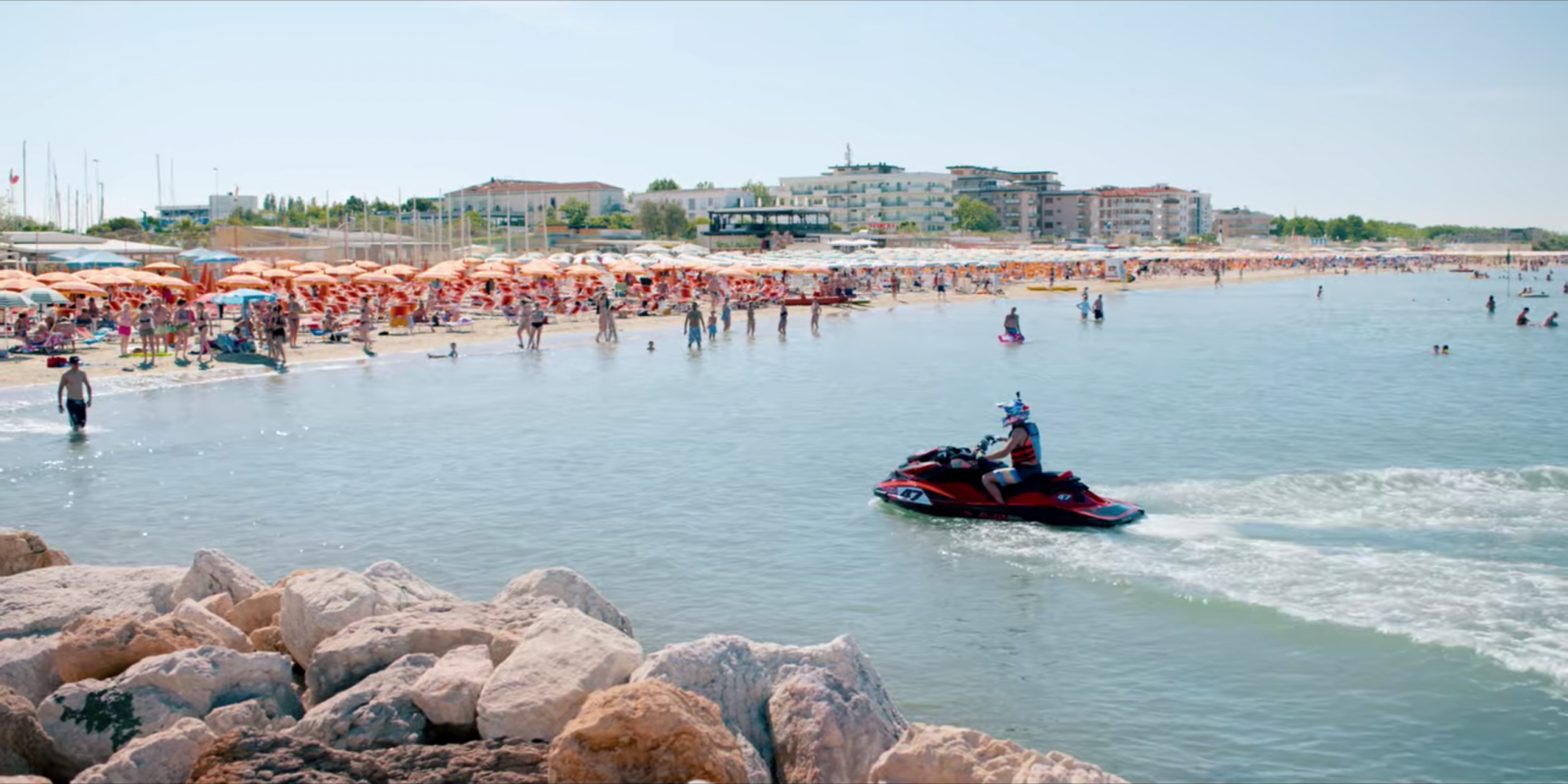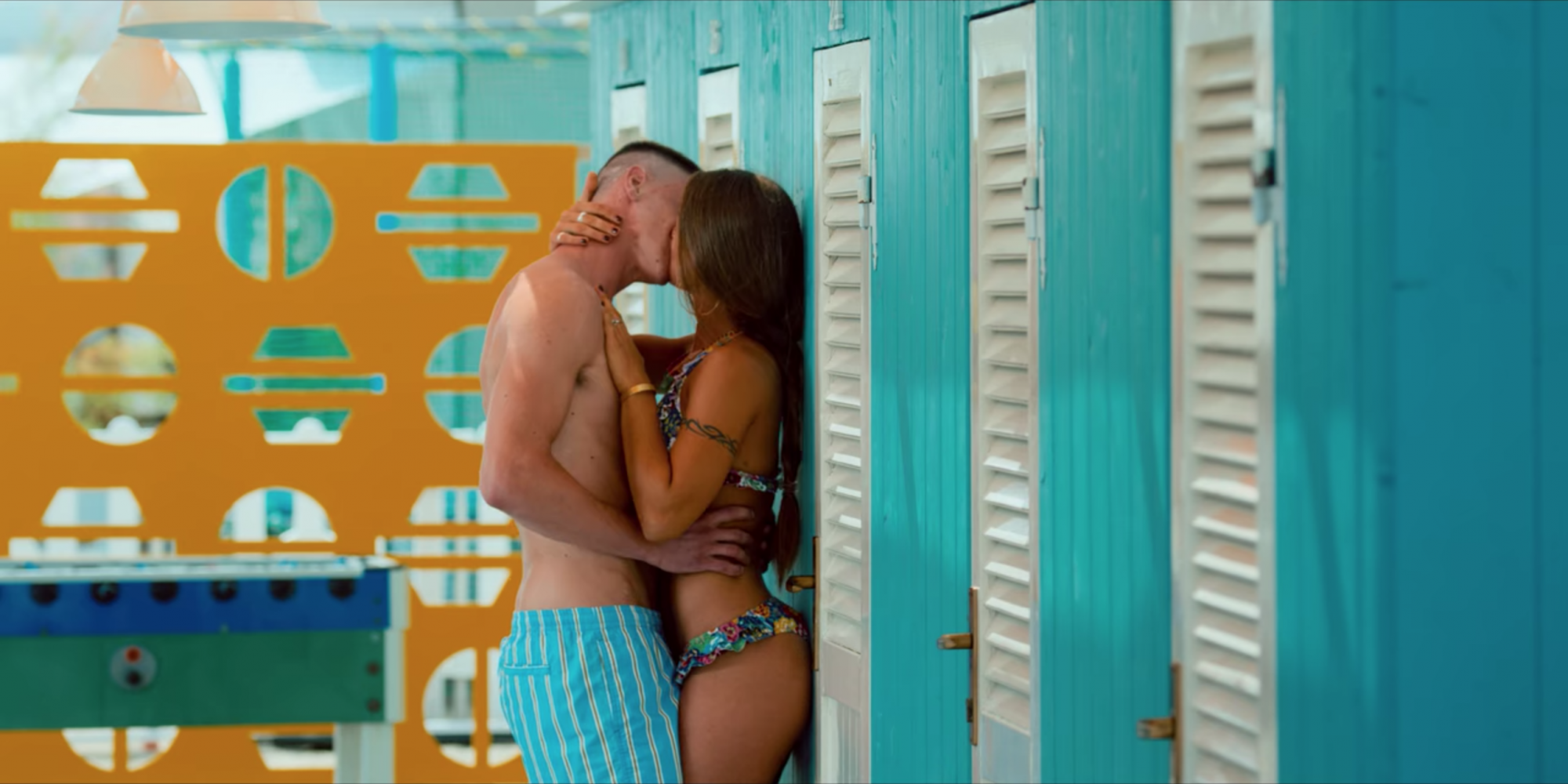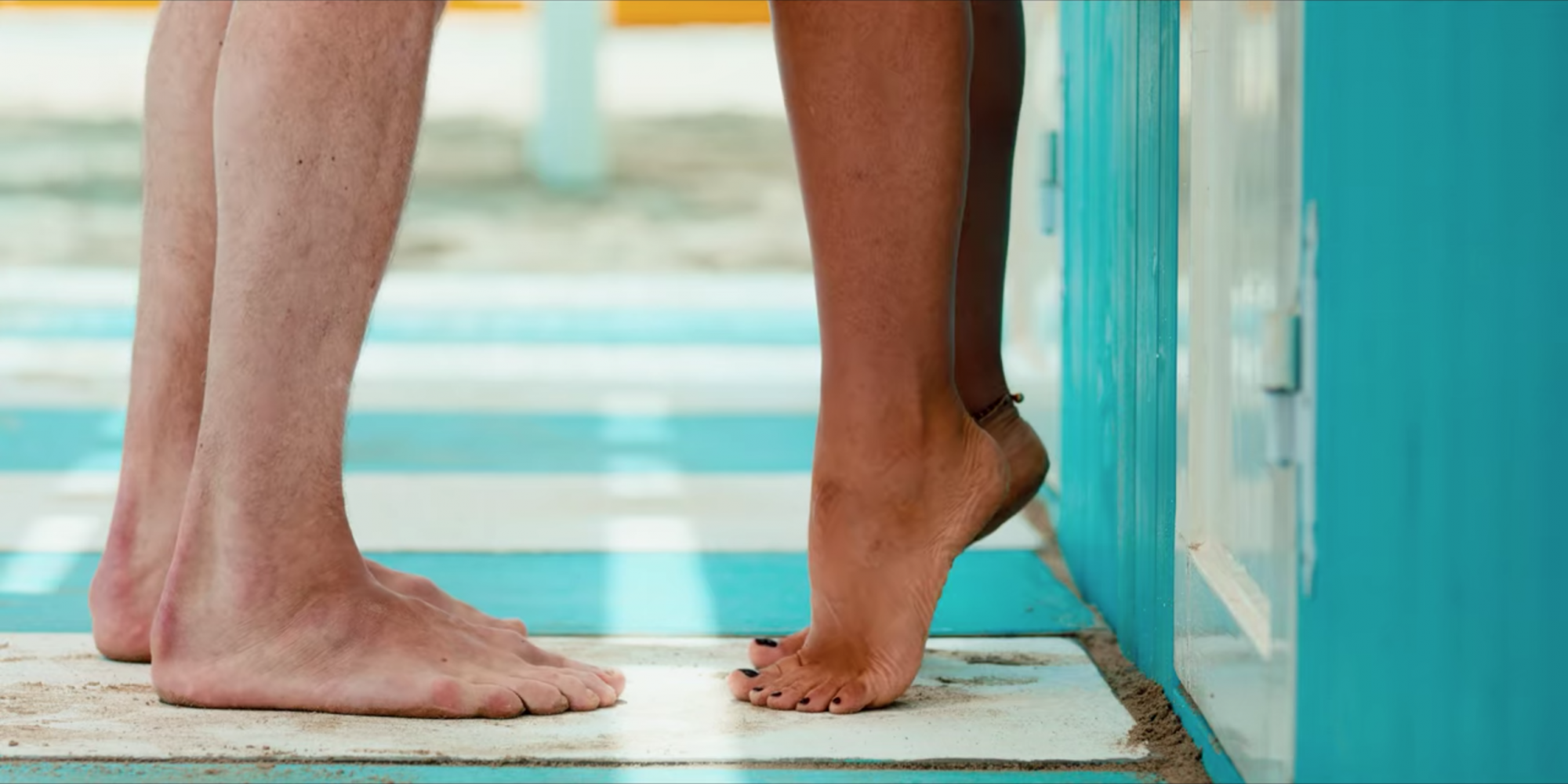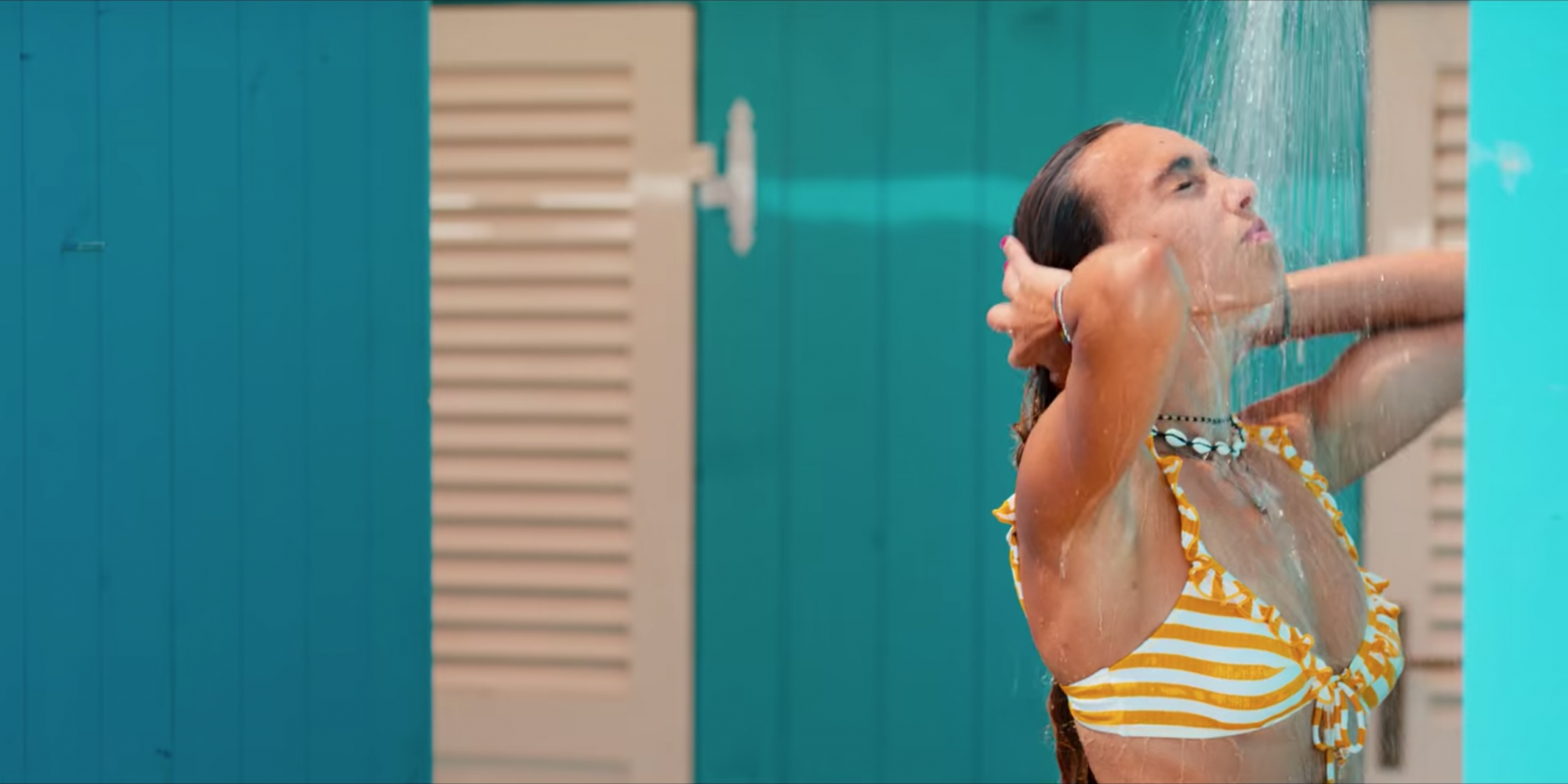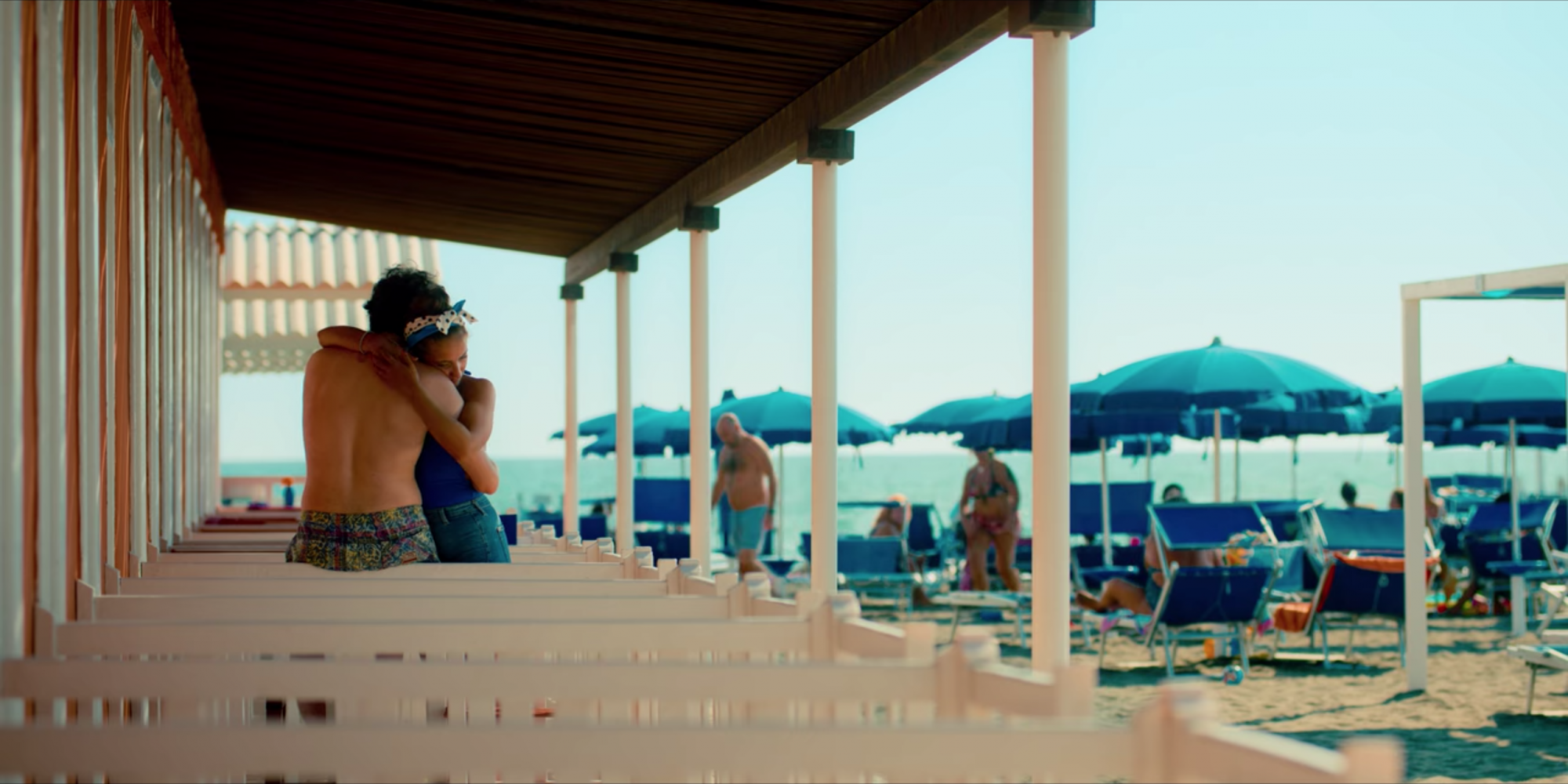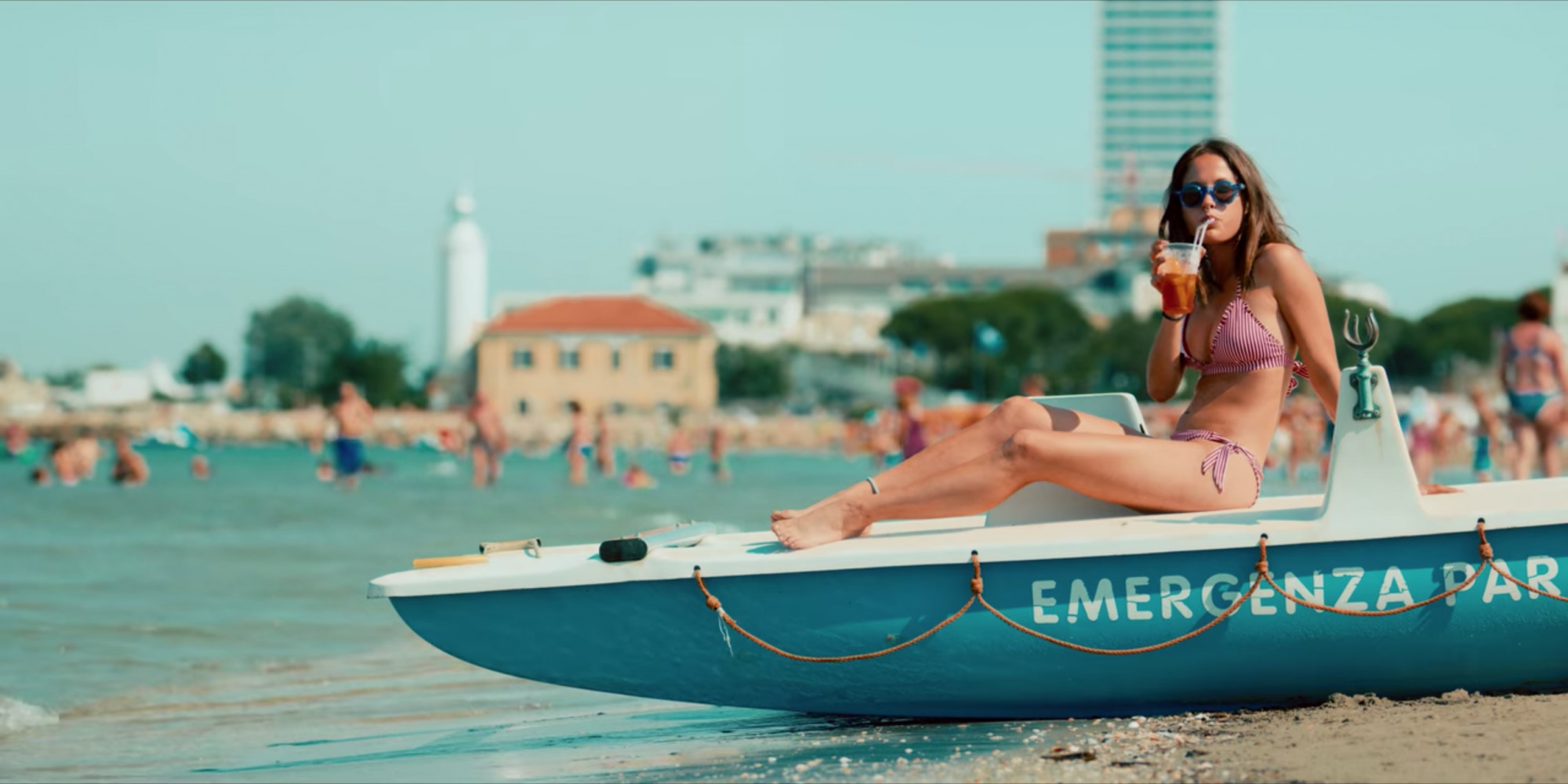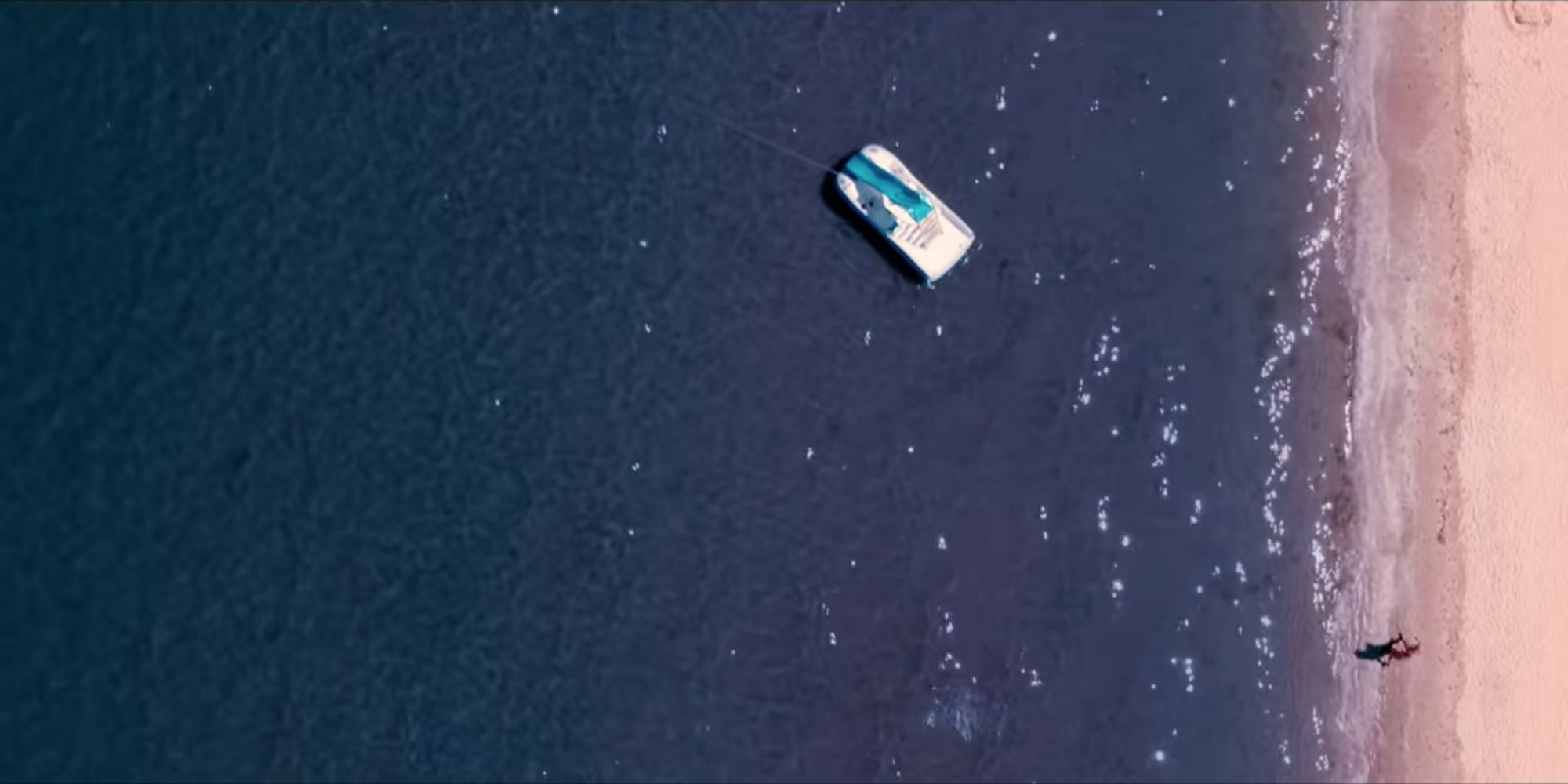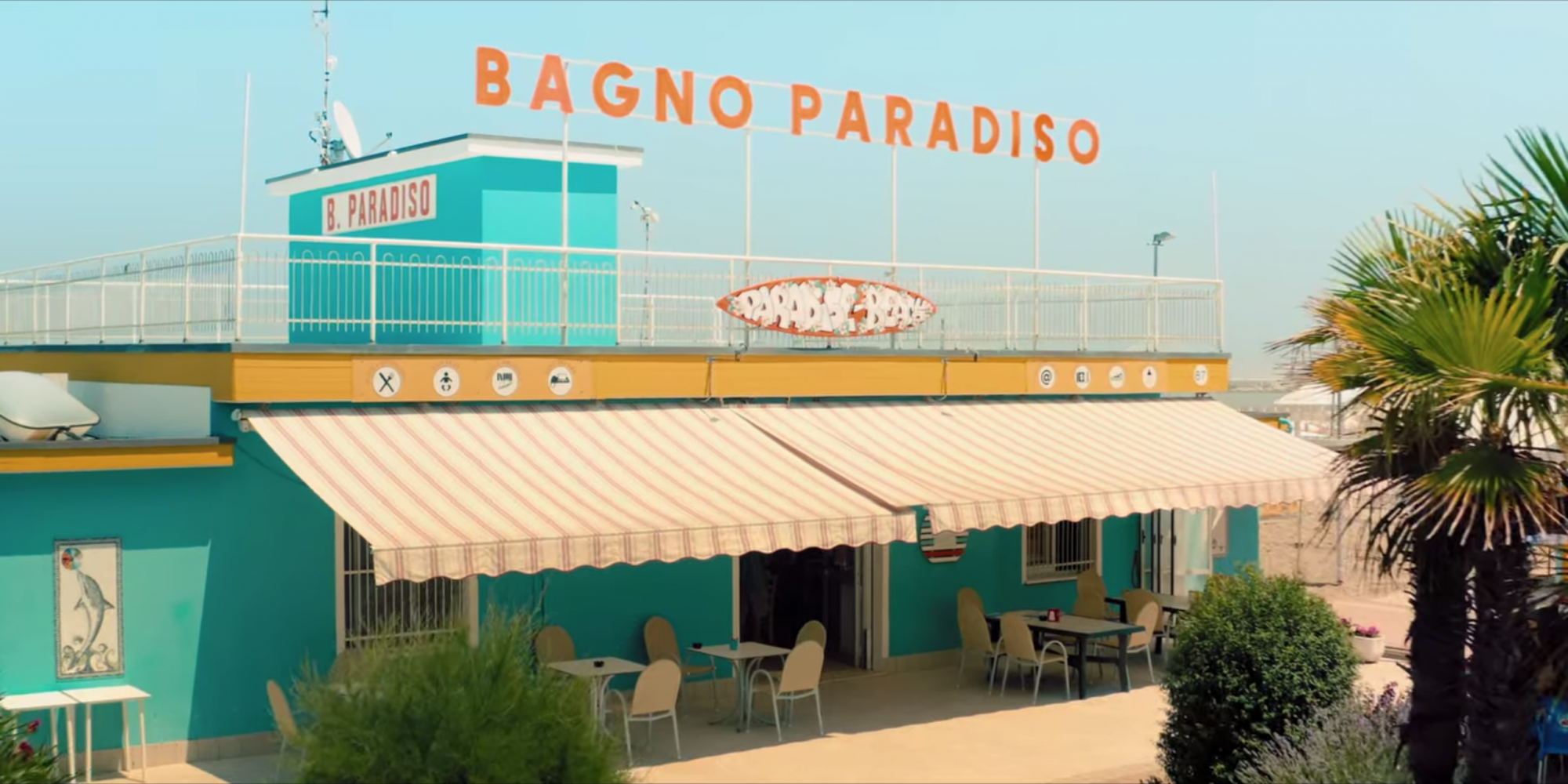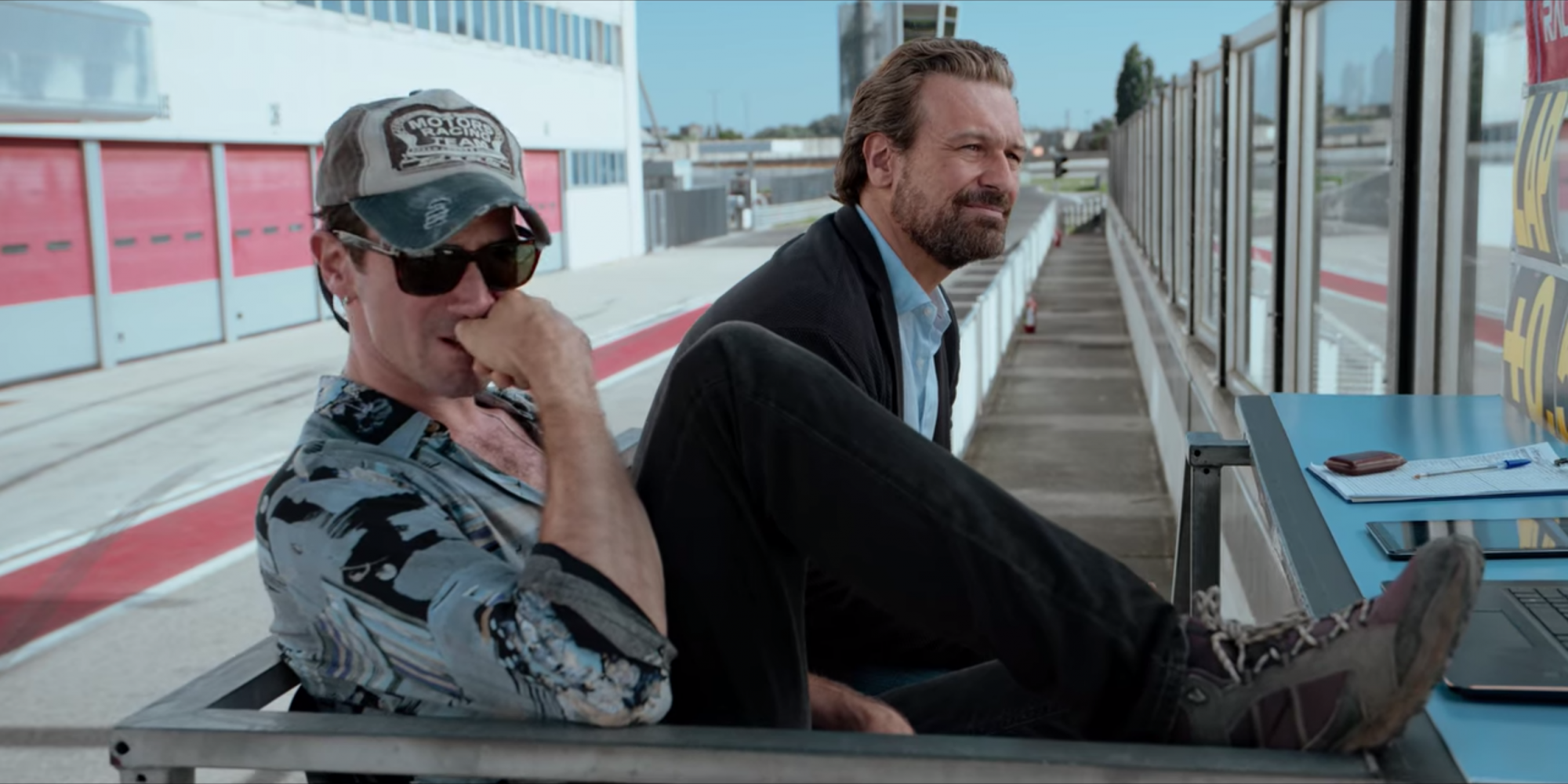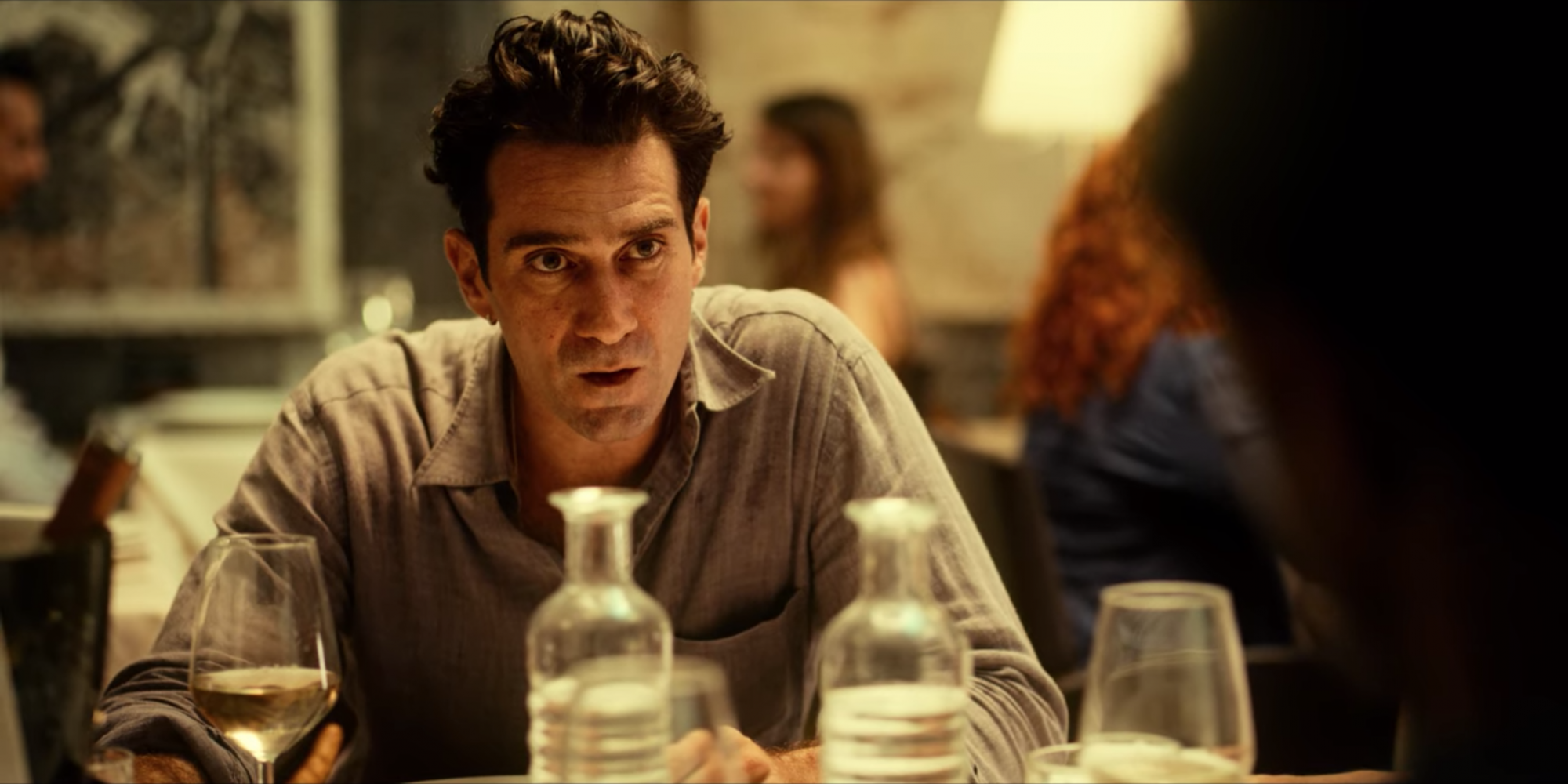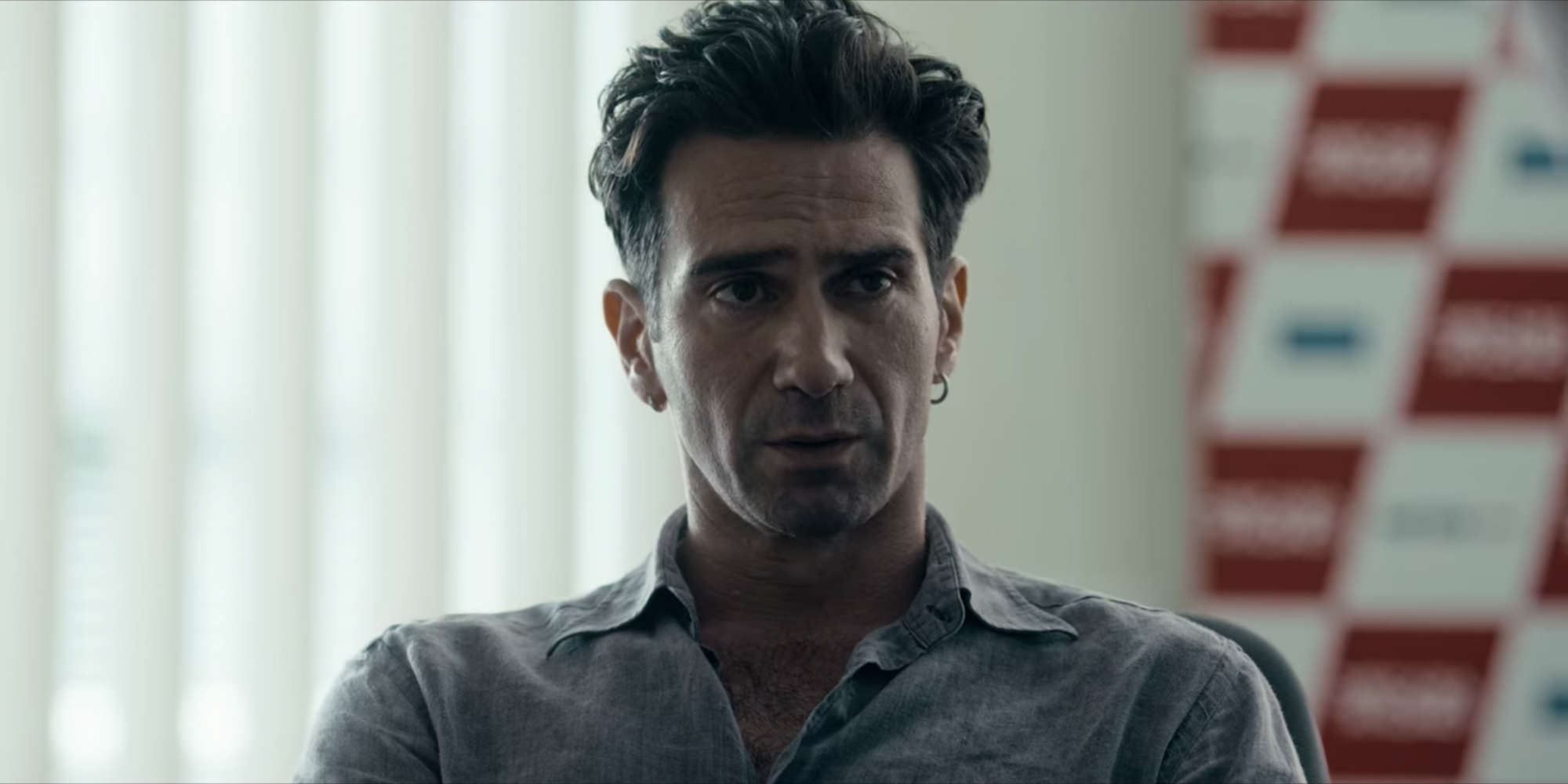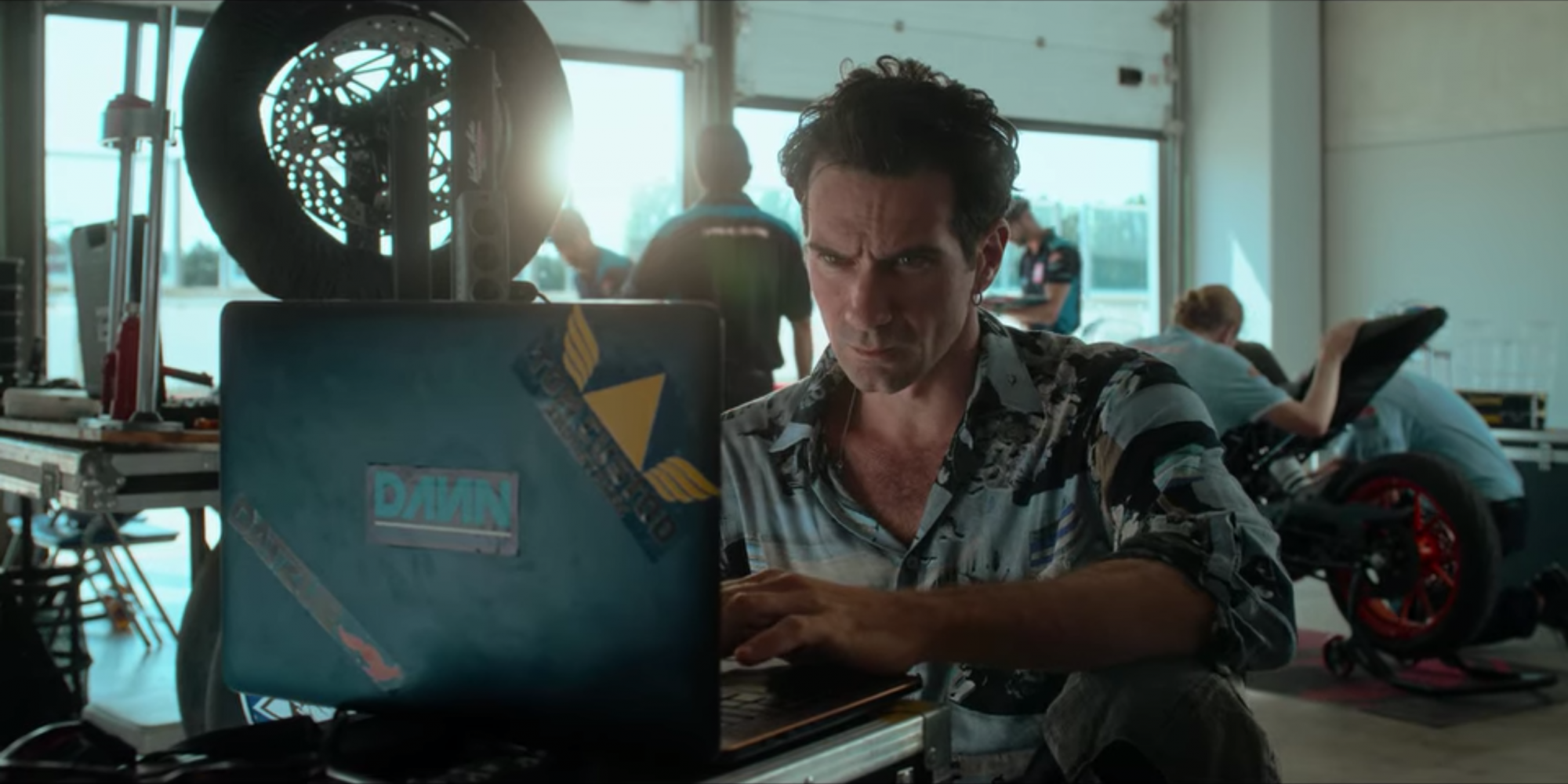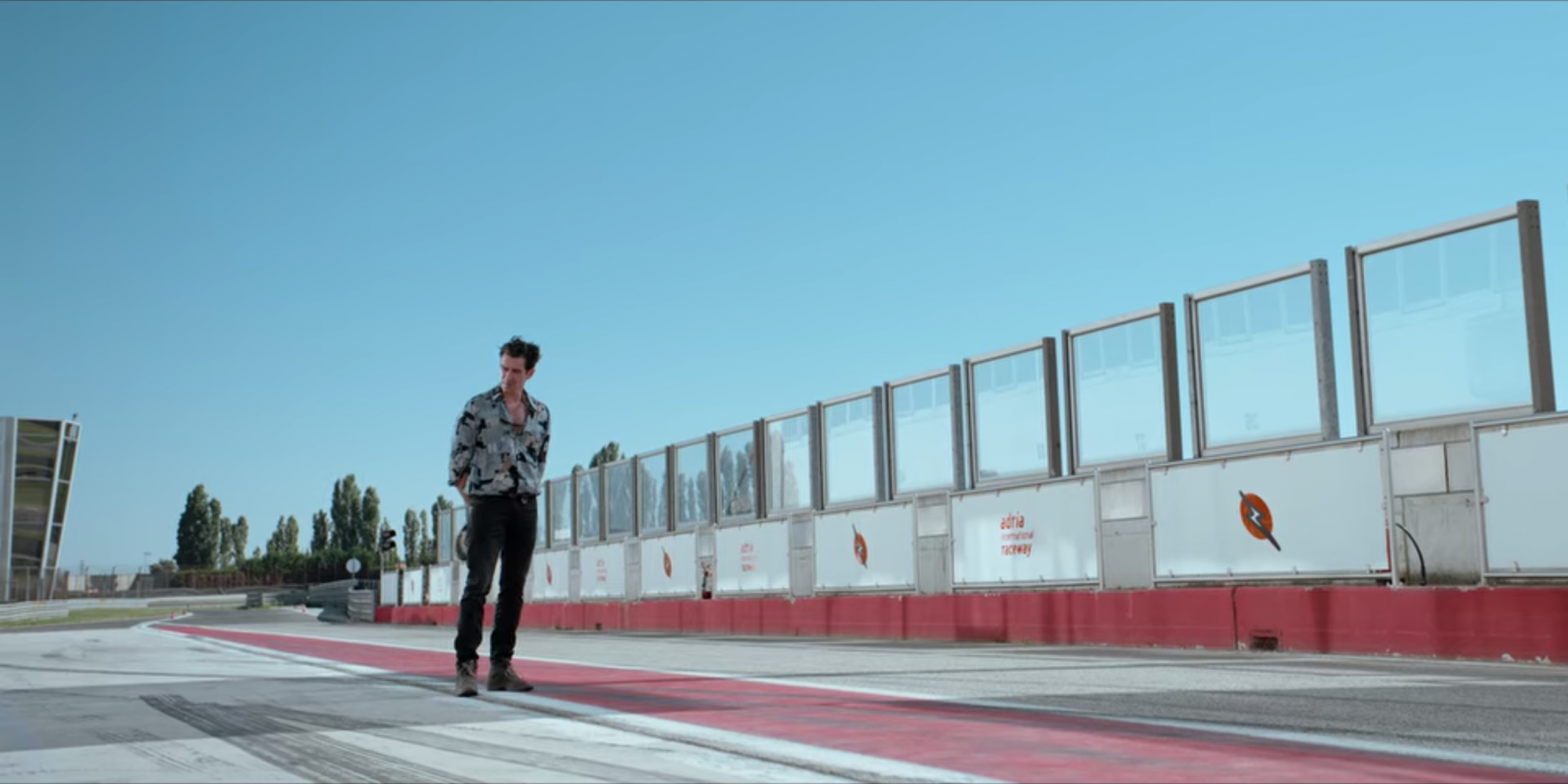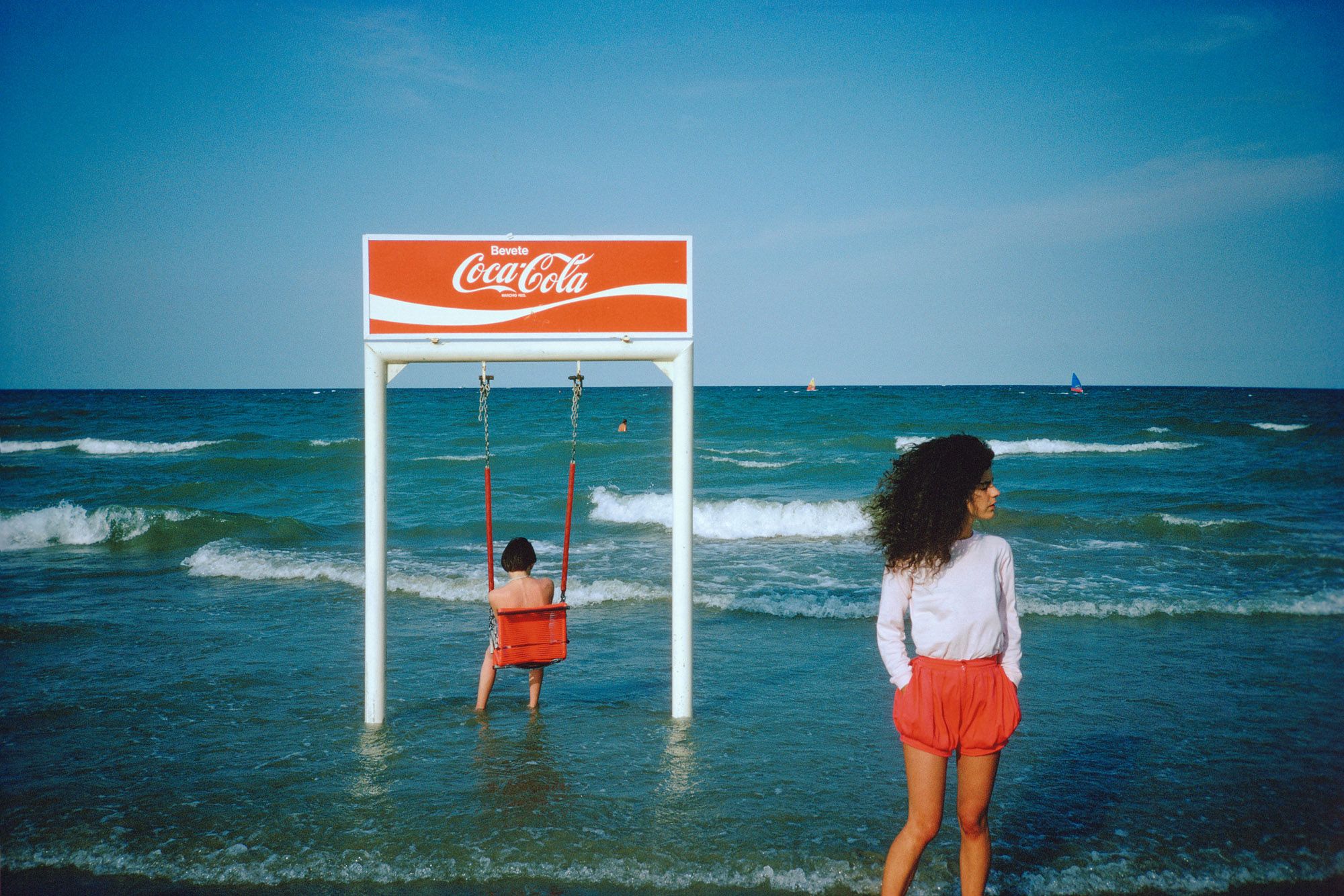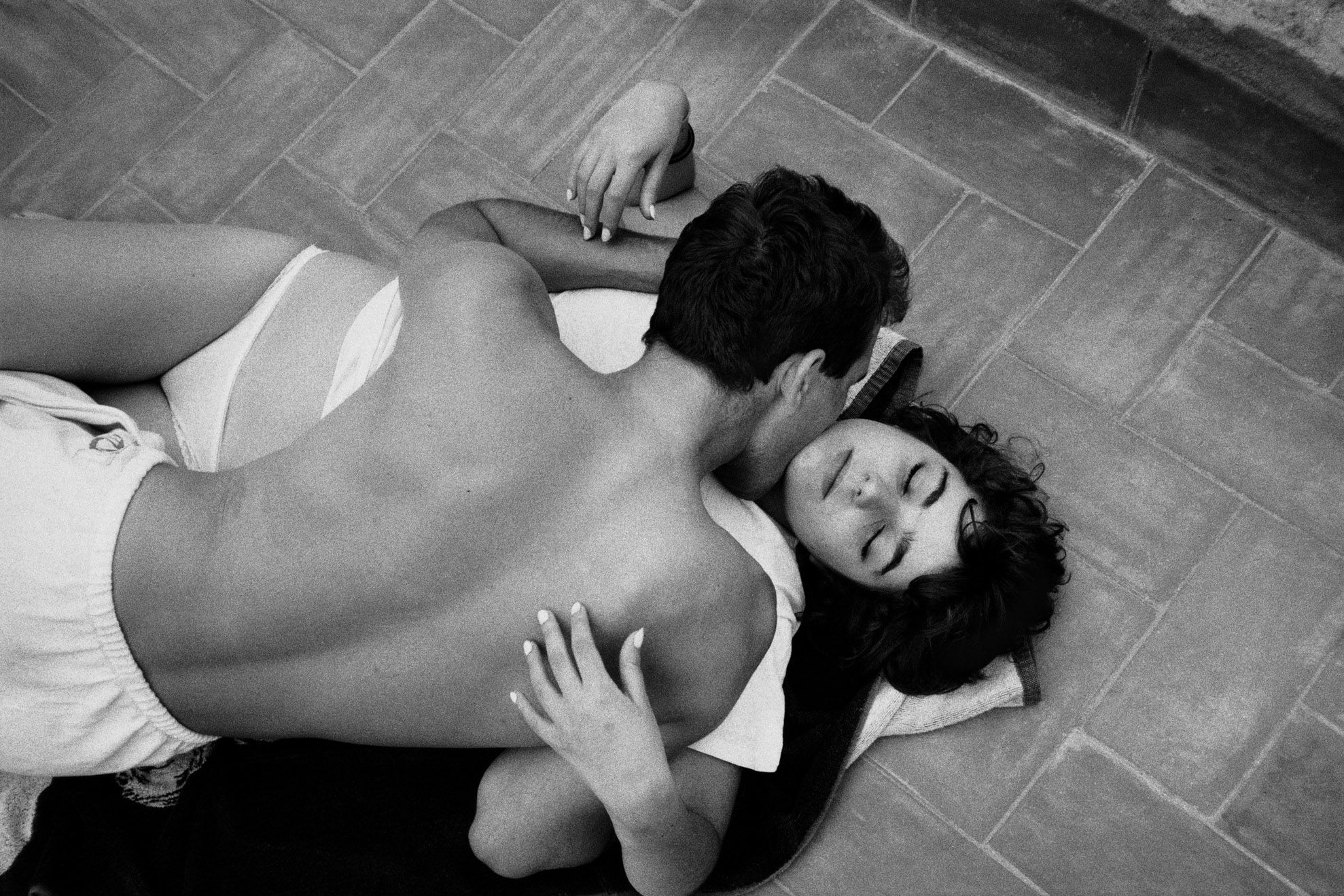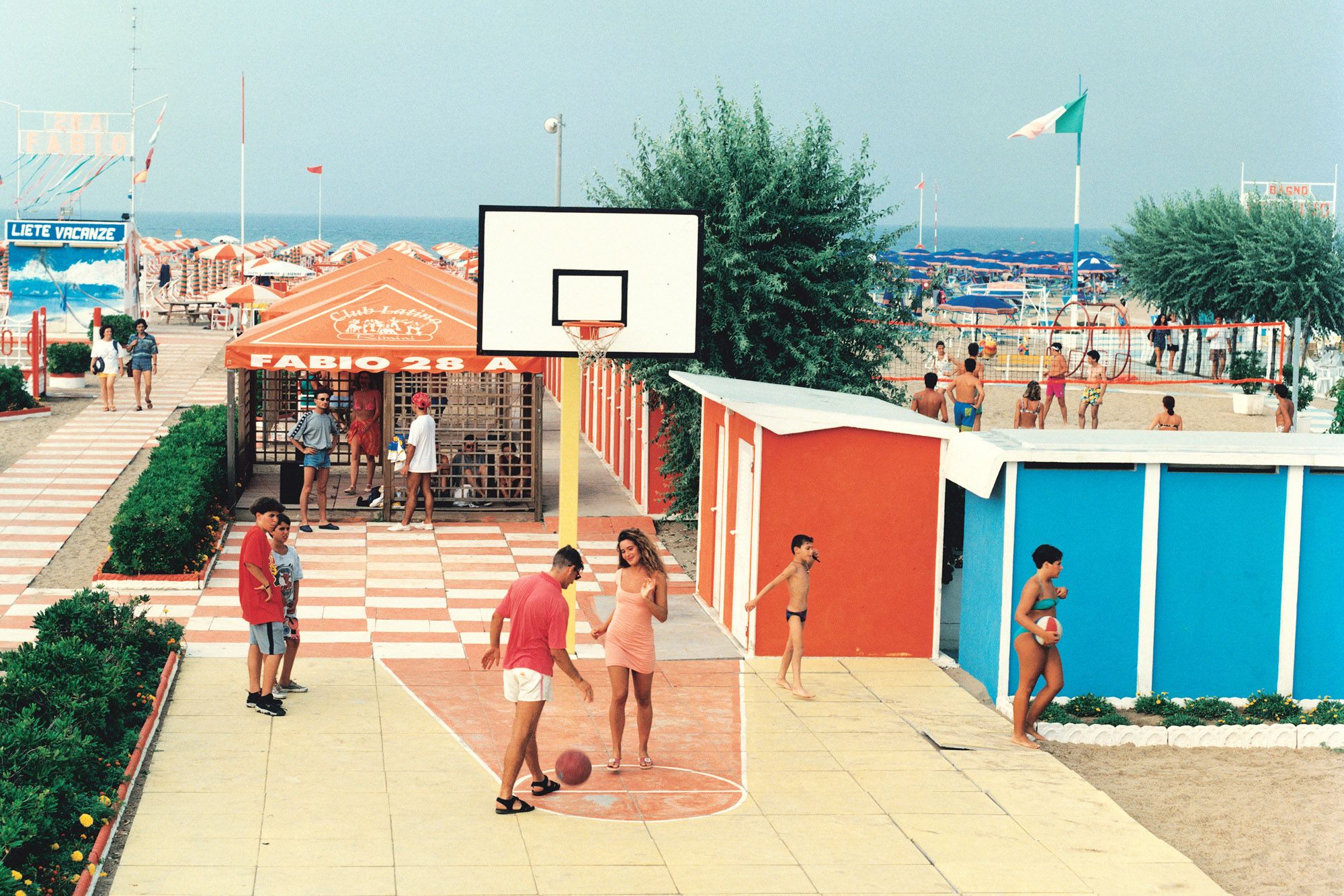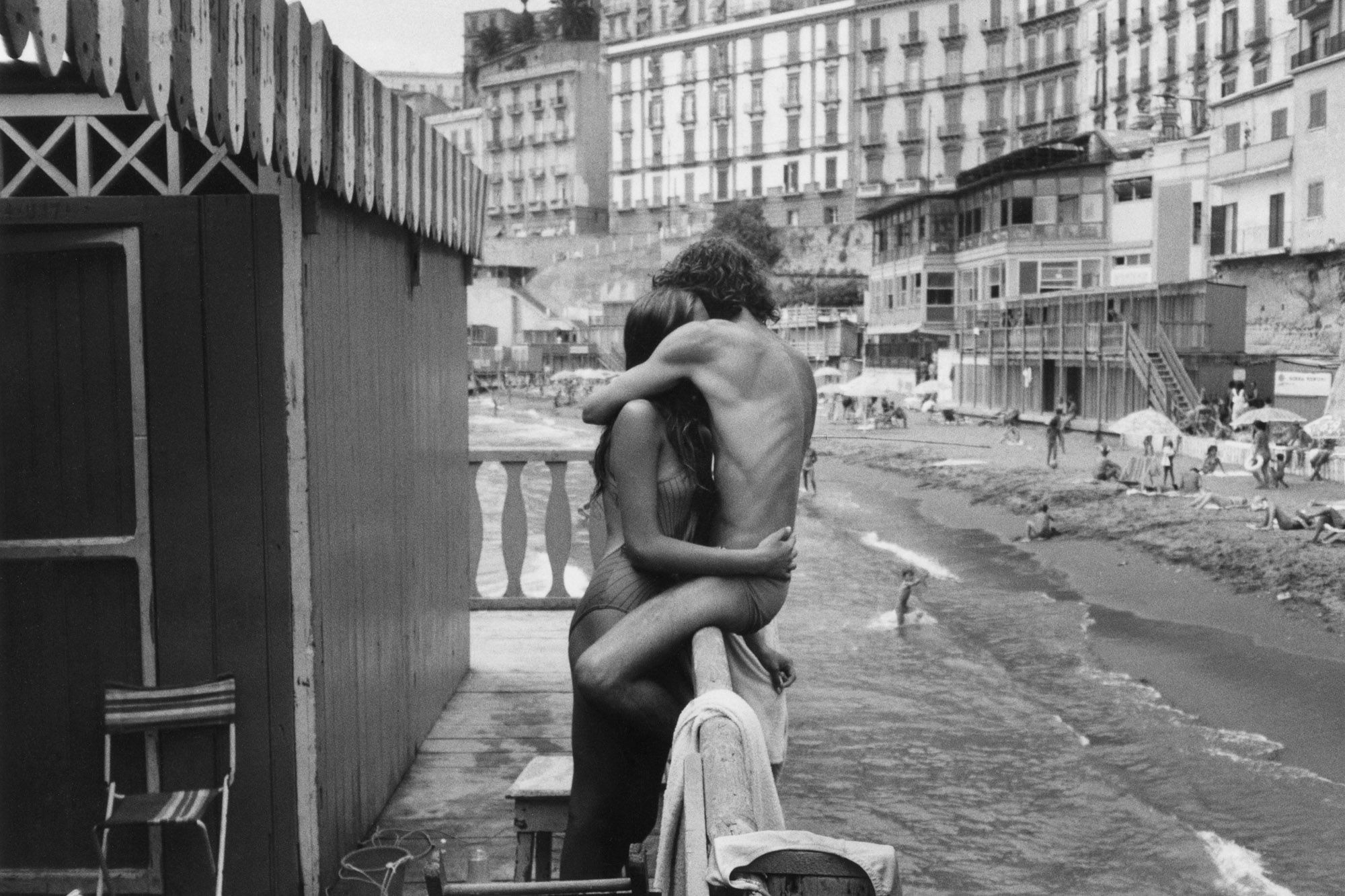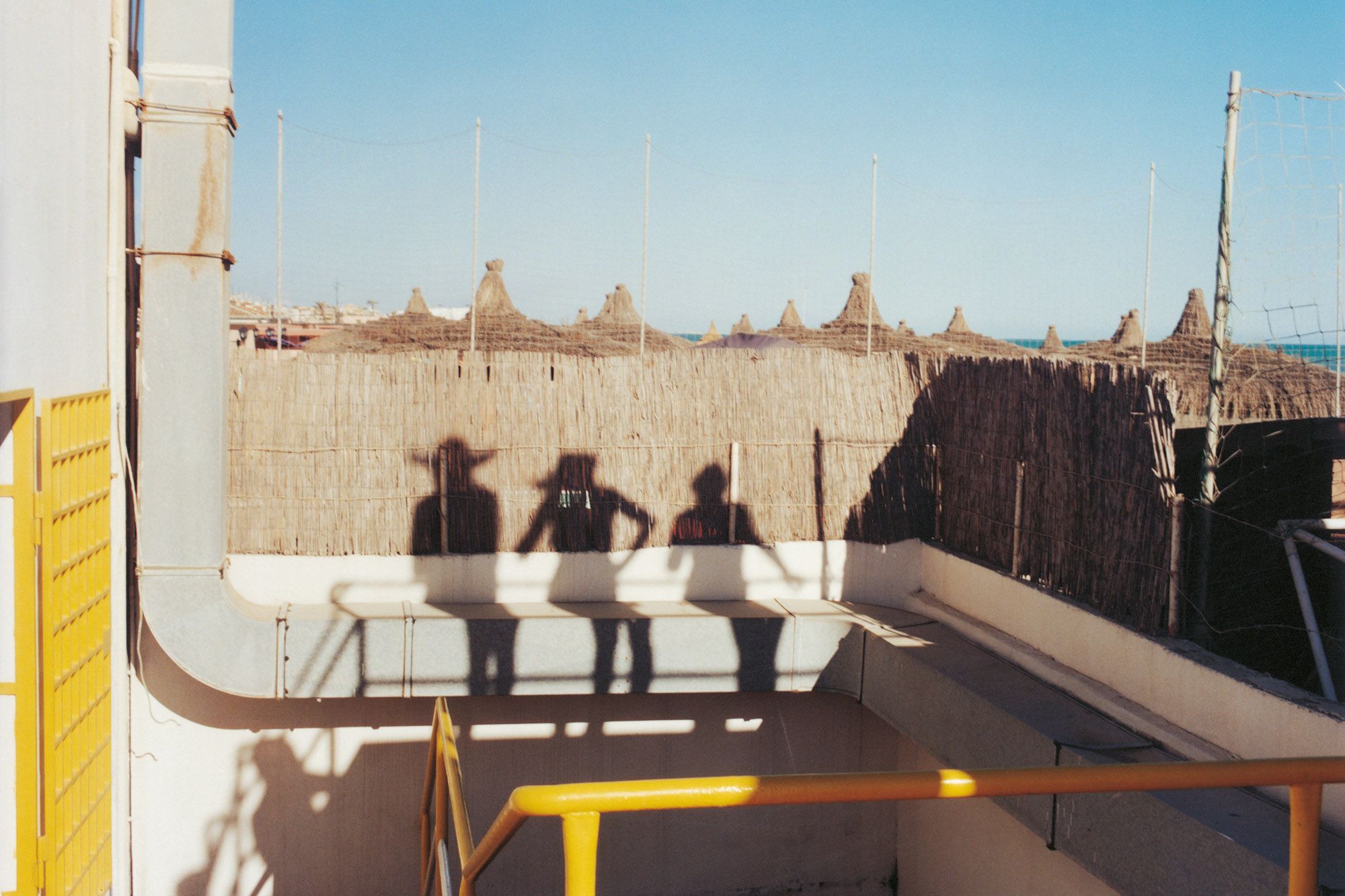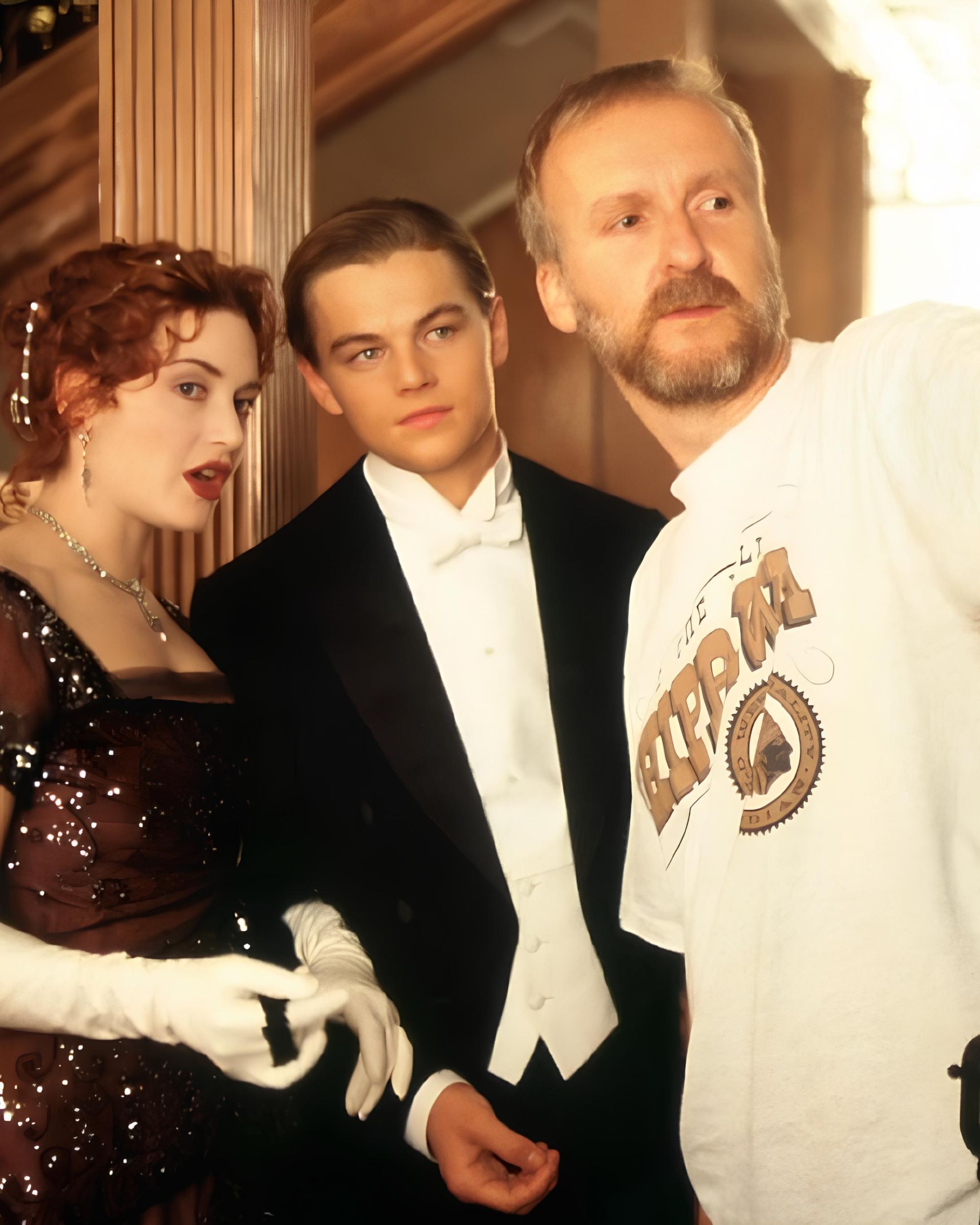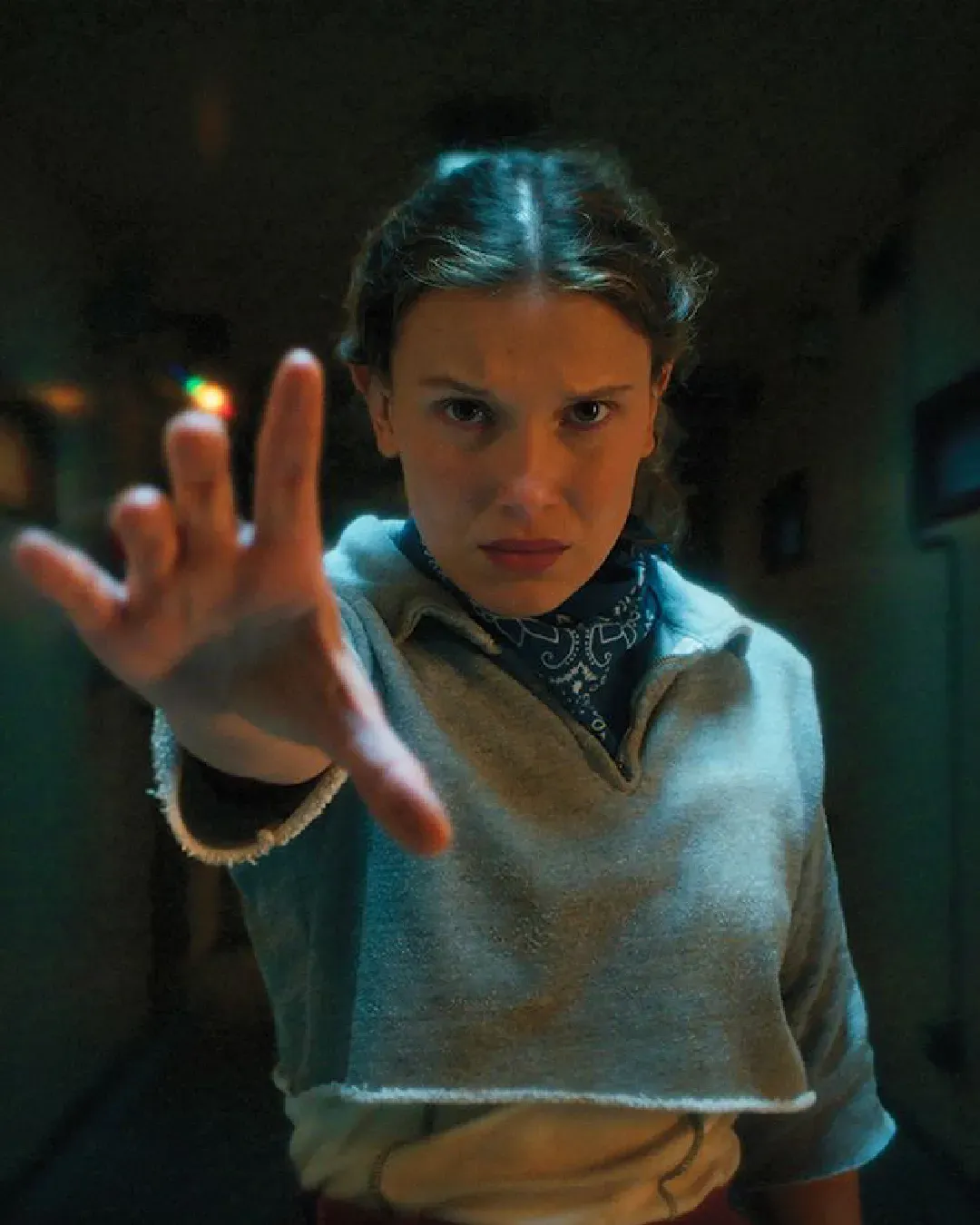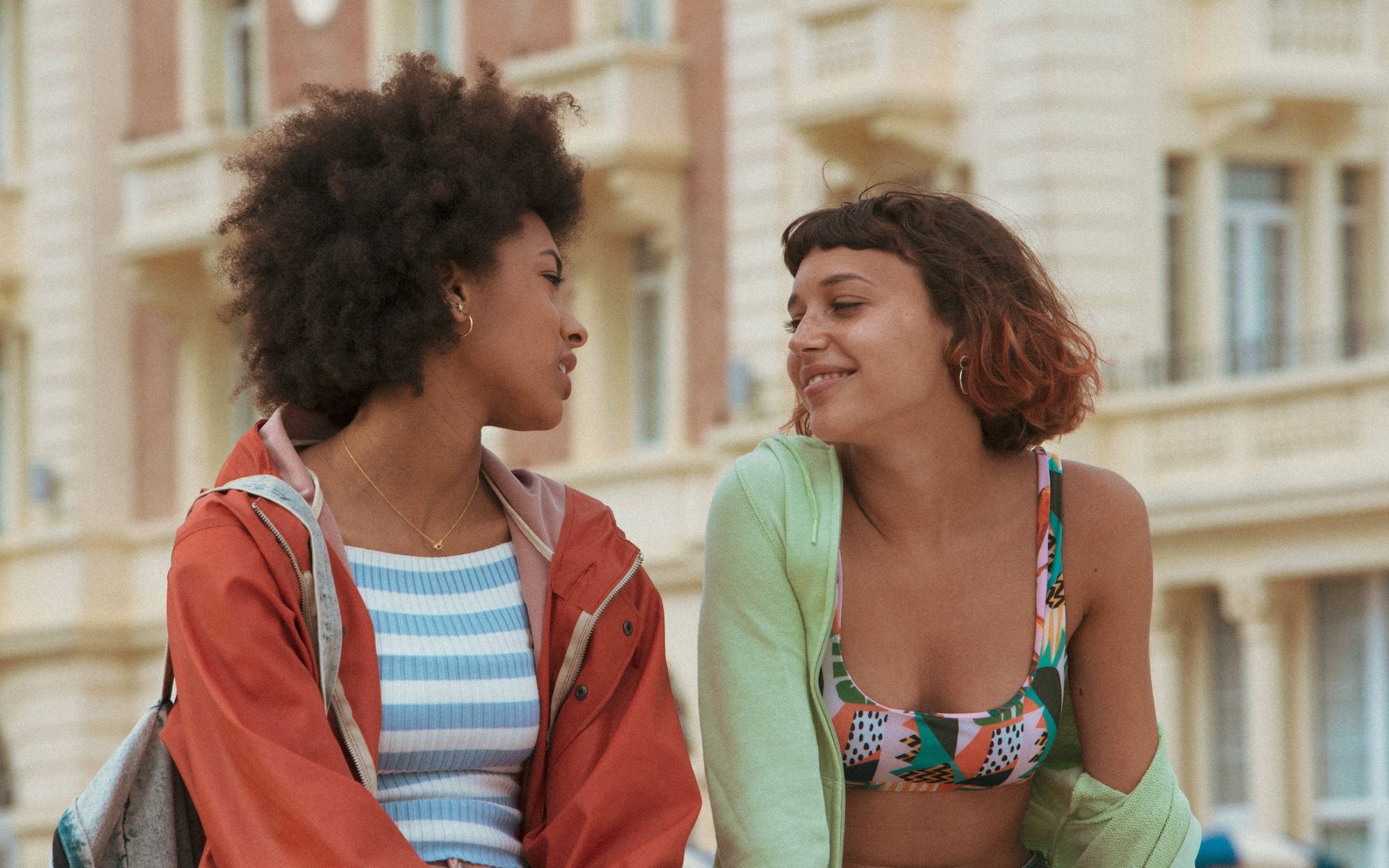
The Provincial Aesthetic of 'Summertime' The latest series by Netflix Italia goes back to Federico Moccia and the "Adriatic Riviera"
I hate summer... sang Bruno Martino back in the Sixties. And on the same notes, here it comes Summertime, the new original series by Netflix Italia.
Following Suburra - La serie, Luna nera and Baby (and especially following the acquisition of the hit series SKAM Italia), on Wednesday, April 29, Netflix released all the 8 episodes of its fourth Italian original production, freely inspired by Tre metri sopra il cielo by Federico Moccia, the millennial-cult novel that was already turned into the homonymous movie with Riccardo Scamarcio in the early 2000s.
While the Spanish division of Netflix is betting everything on thrillers (Money Heist, Élite and Vis a vis), Netflix Italia is betting on another genre: the teen drama. First, it was Baby, with Benedetta Porcaroli and Alice Pagani, then it was the turn of SKAM Italia (whose fourth season has been produced by Netflix itself). Following this path, now it's the turn of Summertime.
From a first look to the trailer, the feeling is that you've ended up into an 8-episodes-long TV spot for the Cornetto Algida. The main characters in Summertime look like they've come out of a visual by Katy Perry, partying as if they were into a film by Vanzina brothers and racing with their bikes as if it was Fast & Furious. The main star, Ludovico Tersigni, took off the clothes of "Gio" from SKAM Italia to re-dress them in a minute, just changing his name: now he is Alessandro and is a former promise of motorcycling, a little bit Valentino Rossi, a little bit Paul Walker. Between fast loves, crazy teenagers and a young cast with actors who've almost never been on screen, this first Netflix Italia experiment are suffering from bad writing, but it got something right, something that could make it a hit: the Italian province.
Romagna mia, Romagna in fiore
After many years thinking that it was a bad word, trying to forget it living in big cities as Milan and Rome, Netflix understood that the Italian province has a unique strength: a strength that the public loves. In Summertime, the main protagonist in the background is the Adriatic Riviera: a world of beach resorts, first kisses and table football.
Though, this is not the real province, it's most like a it's a clean picture of it, made of surreal colors and places. The main inspiration are the atmosphere of the "estate italiana", the Italian summer, the same atmosphere that was captured by the photographs of Claude Nori while he was traveling through the Adriatic coast with Luigi Ghirri in the end of the Seventies, then published in the book Un'estate con te (Postcart Edizioni).
Punk is not dead
Style is not a thing in Summertime. Except for some vulgar product placement of shoes by Vans and Lacoste polos, all the guys from the series dress like their parents would dress them as "bad guys". The listen to trap music, from Achille Lauro to Salmo, and to Italian indie (all those "bad artists" that have been already accepted by the generation of their fathers) and have bad tattoos, but in the end, they are Goodfellas (not as Scorsese would mean it). It's ironic that the most stylish character is the father of the protagonist, a rude, former punk in skinny jeans and vintage shirts with a strong passion for motors.
Soundtrack
An honourable mention goes to the soundtrack, curated by Italian indie singer Giorgio Poi. From some old classics of the Italians music tradition as Il cielo in una stanza by Mina and Estate by Bruno Martino, mixed with cult songs from the Eighties as I Like Chopin and Tainted Love, to the most famous indie songs of their generation: Frah Quintale, Franco126, Tommaso Paradiso, Francesca Michielin and Giorgio Poi, of course (with the special appearance of Raphael Gualazzi and Coma_Cose). The playlist on Spotify is already a hit.
Summertime is not good. Though, it's not even bad. It's funny, for sure. That's how Three Meters Above the Sky became Three Meters Above Cesenatico. And one thing is for sure: the Adriatic Sea has never been so blue.










































